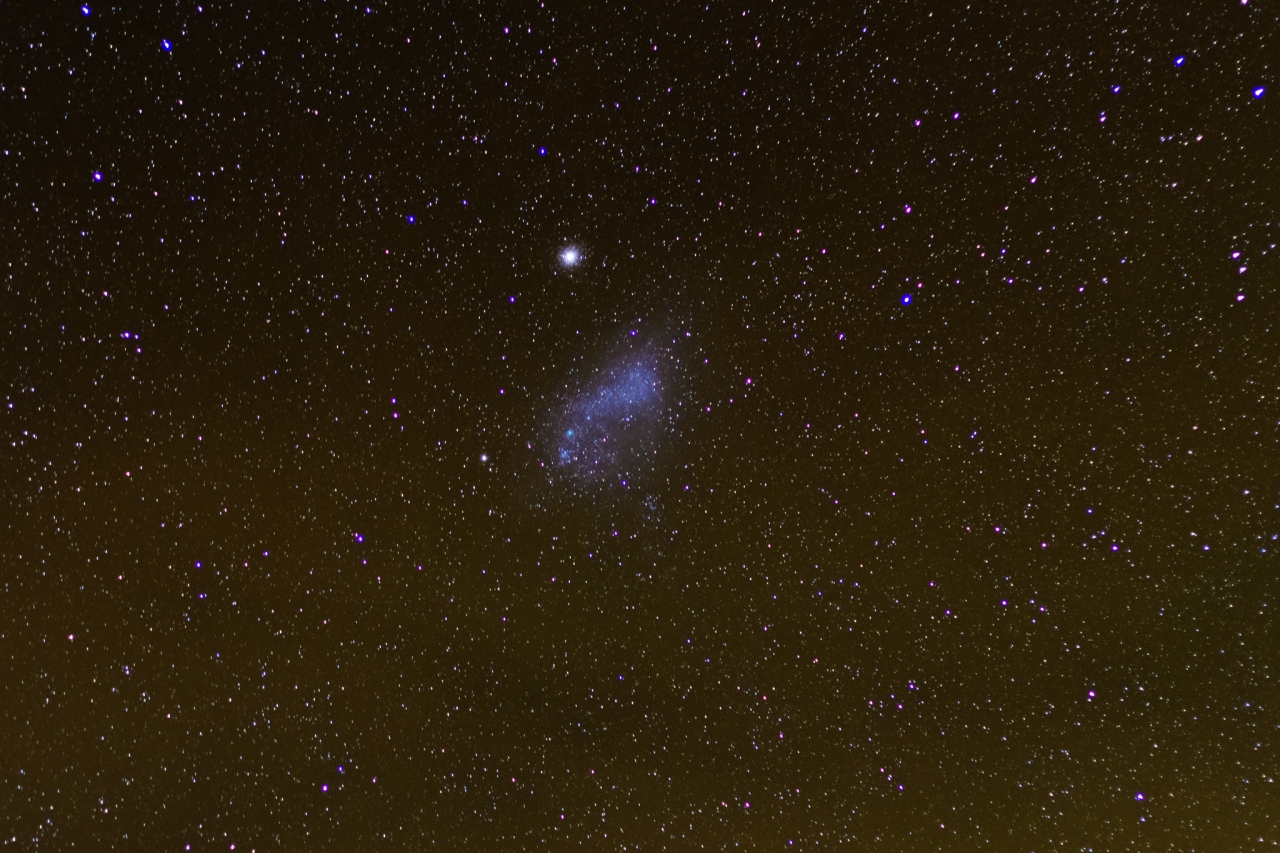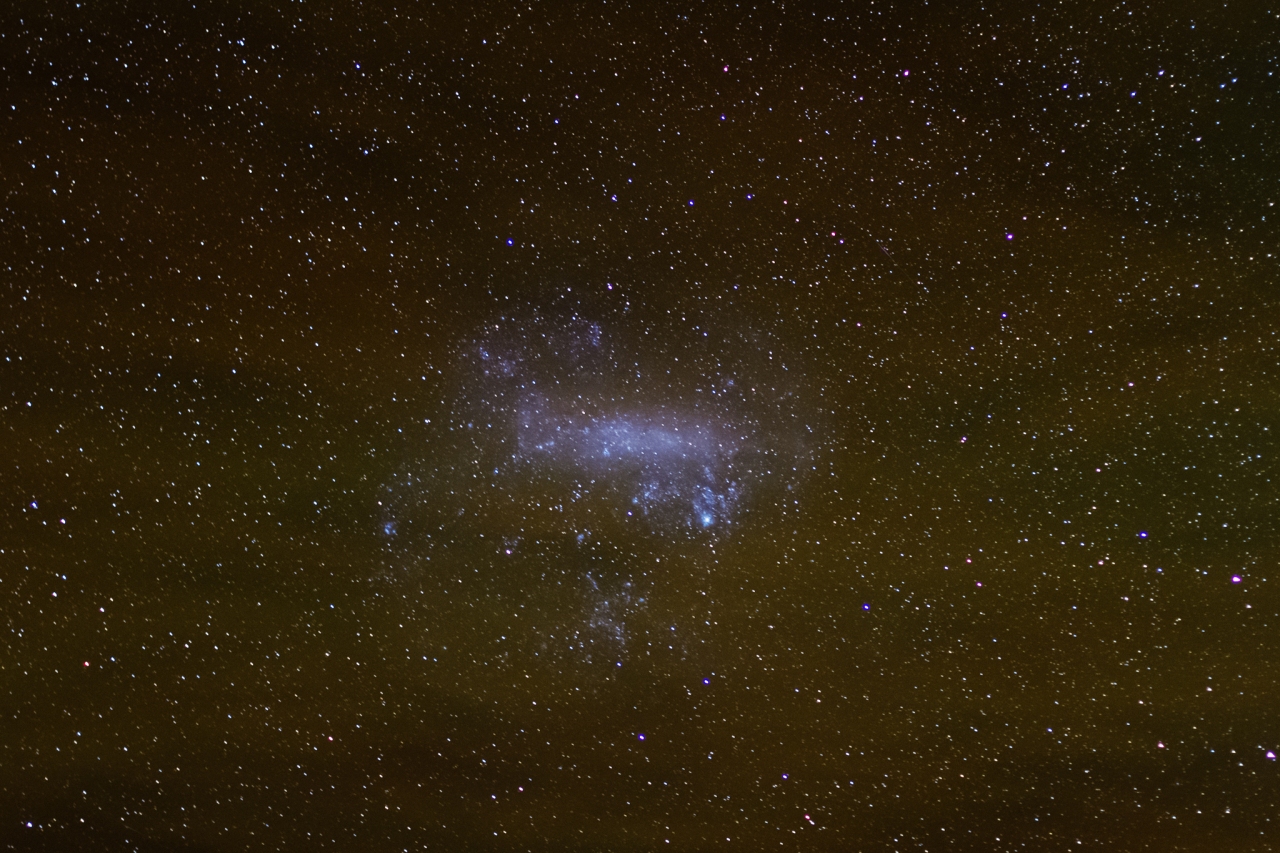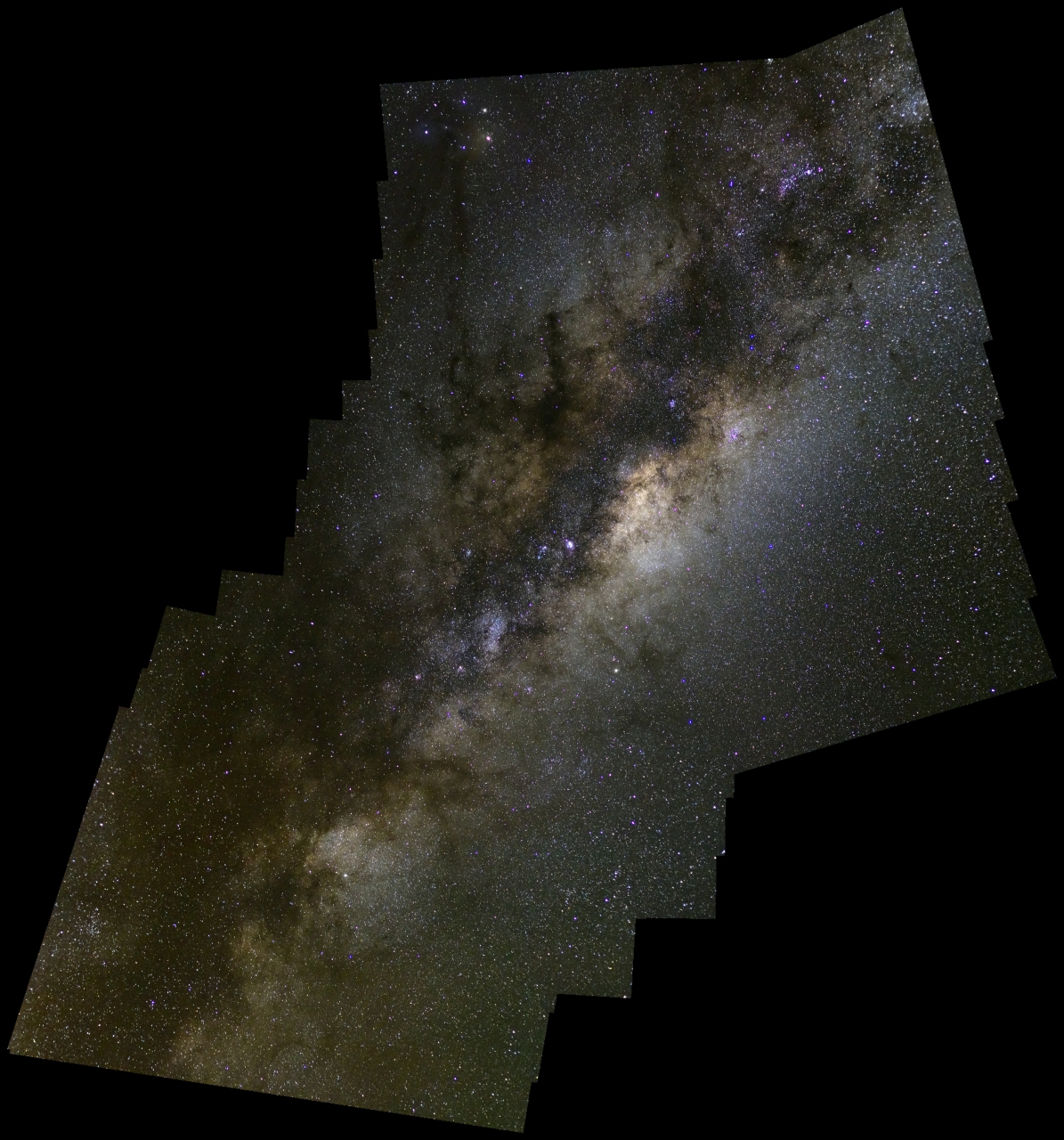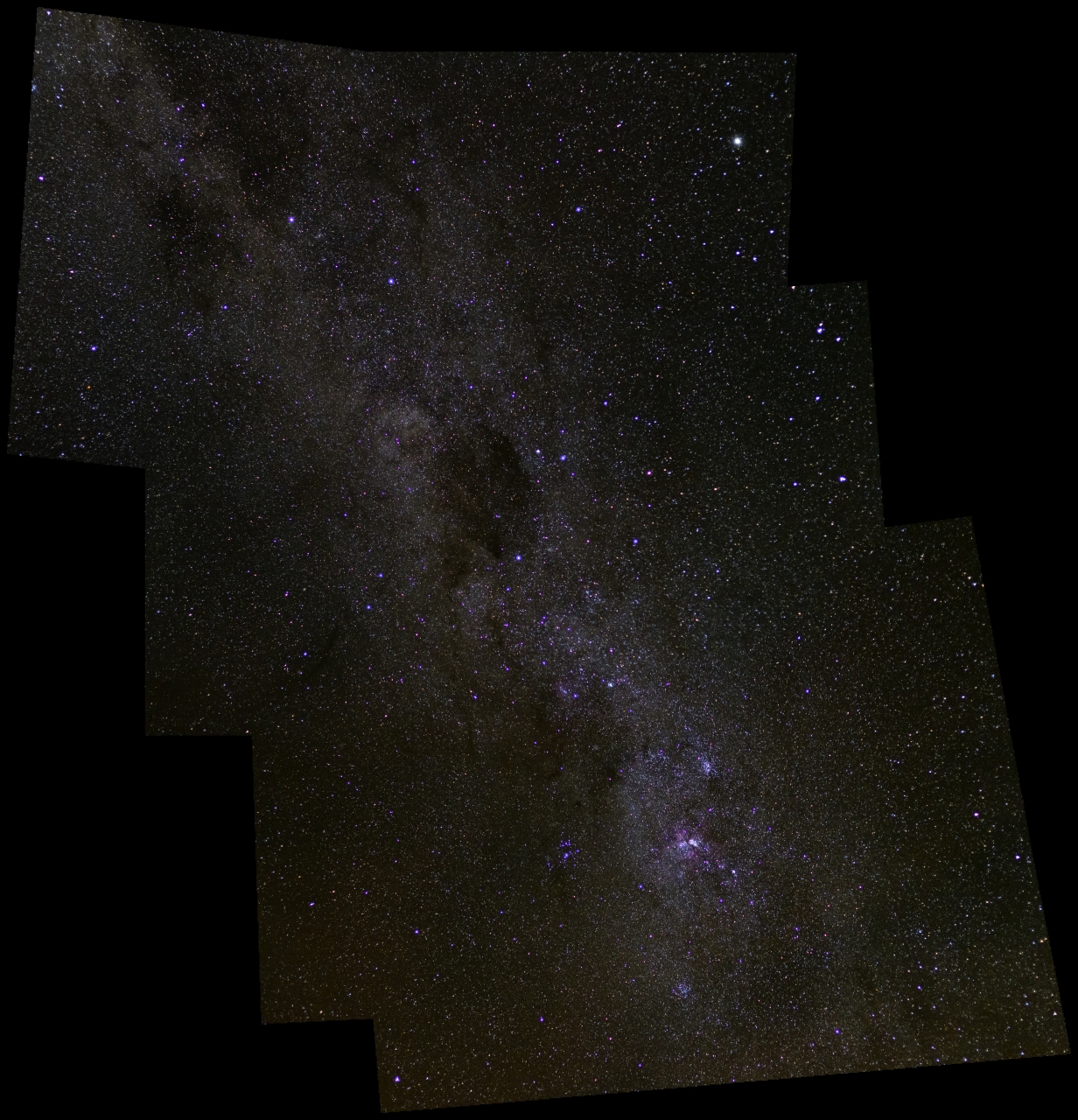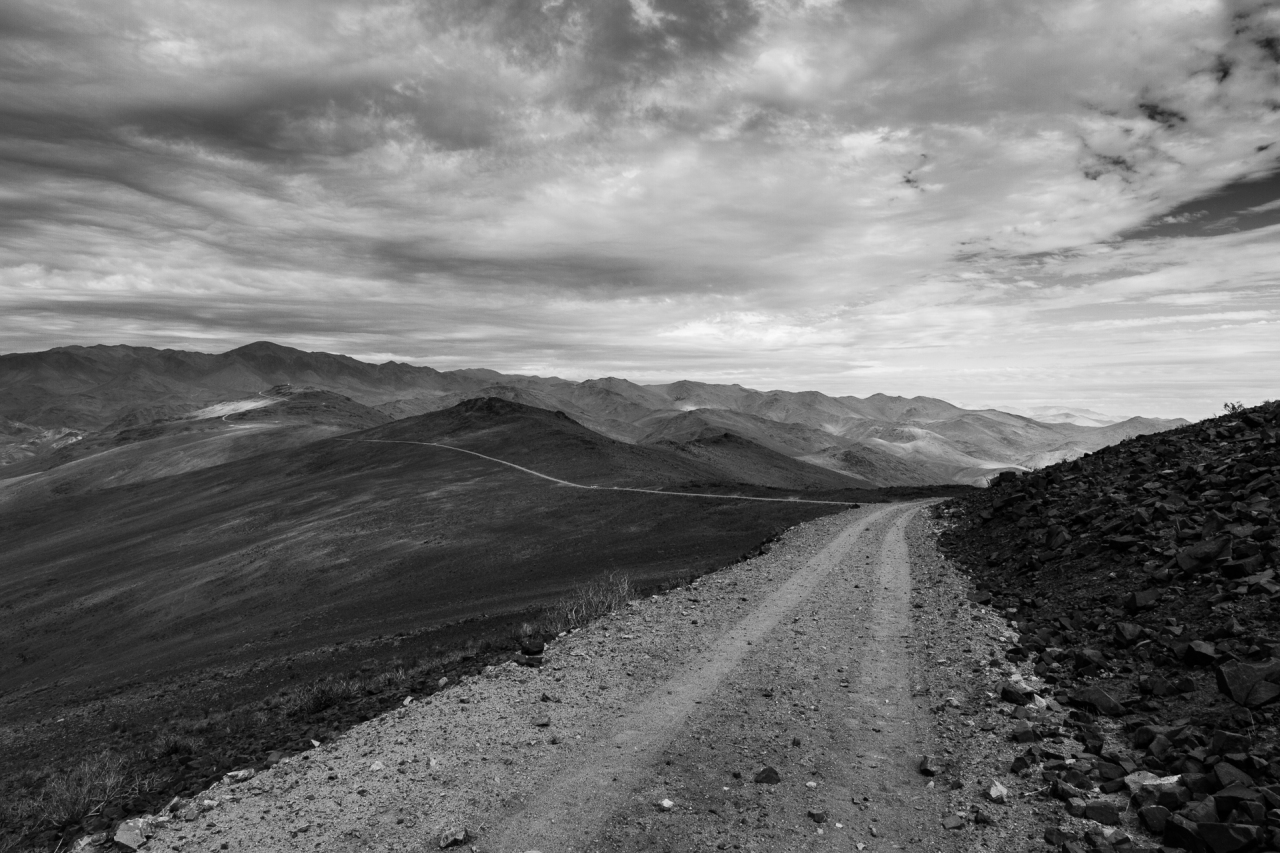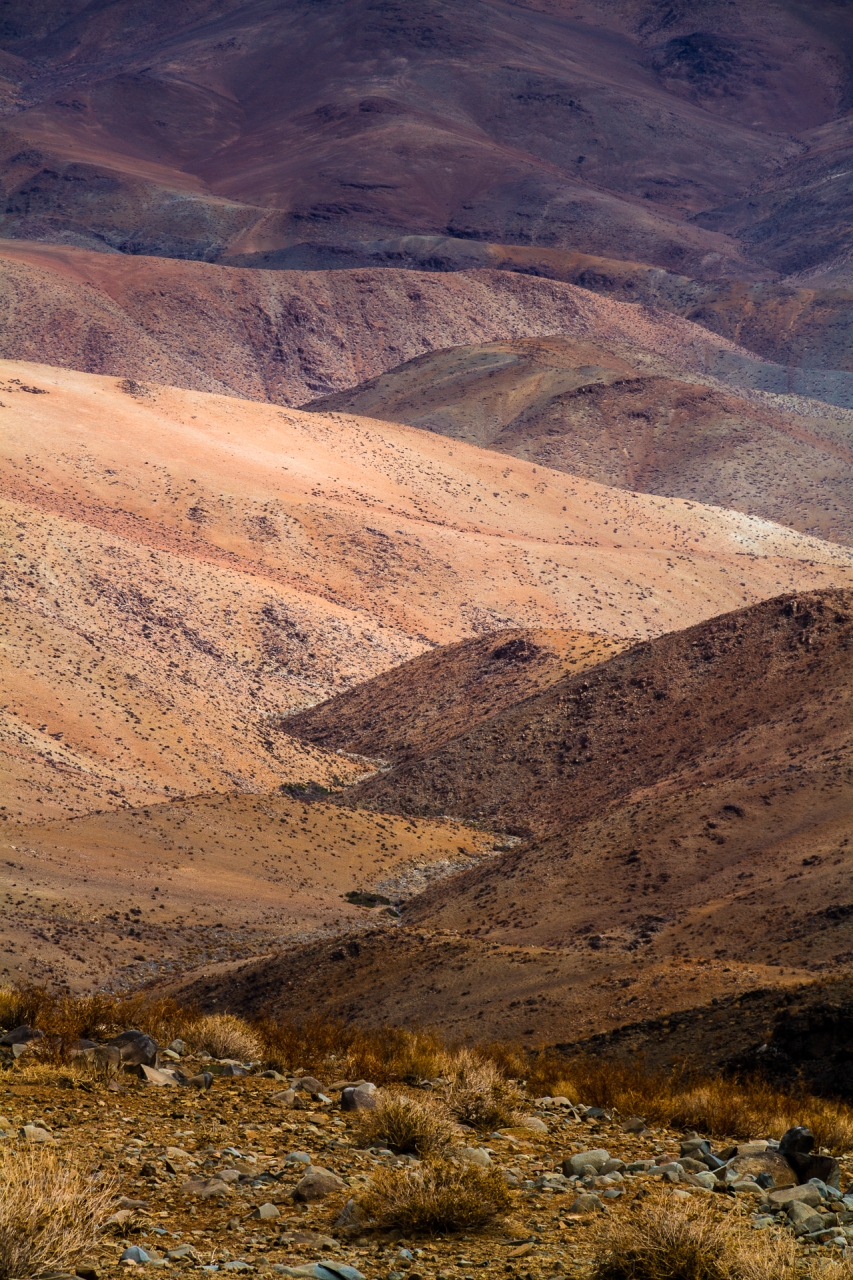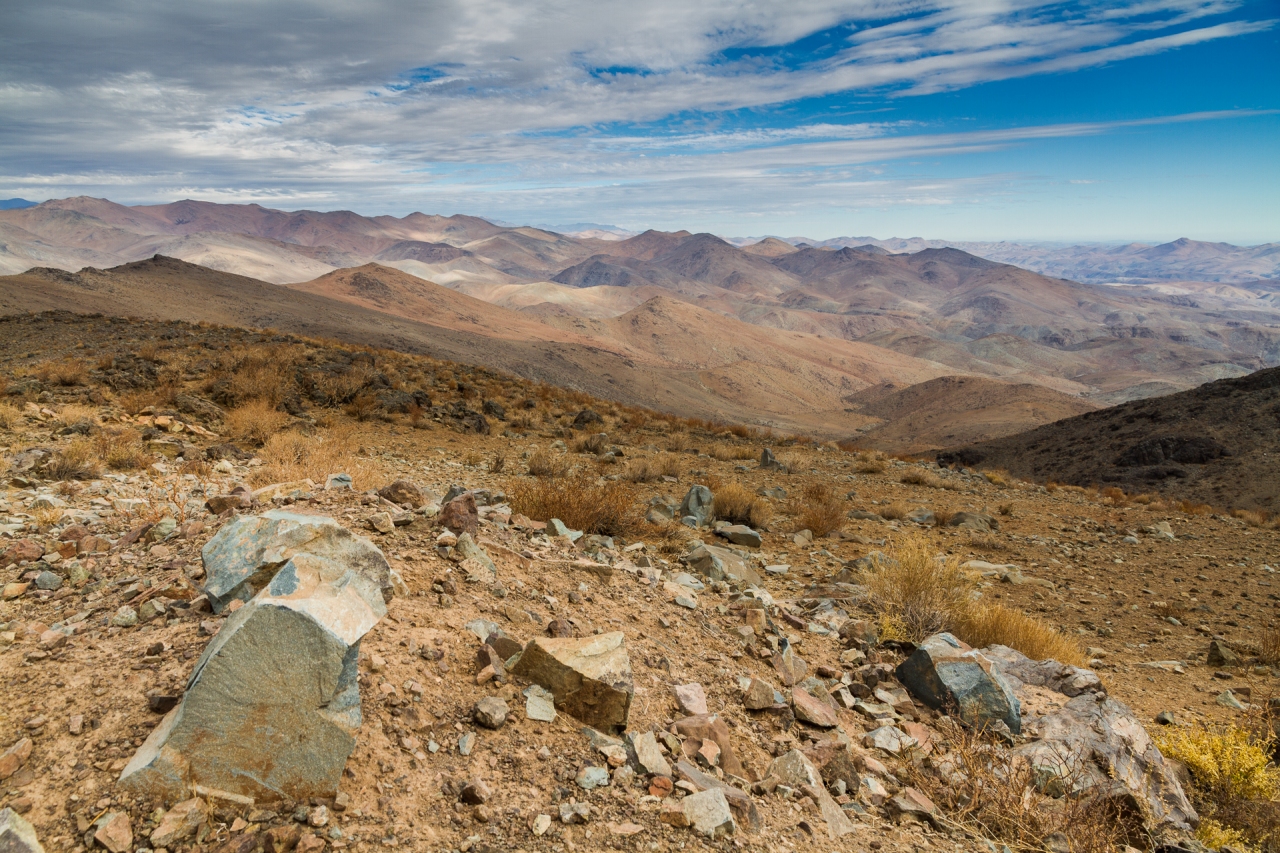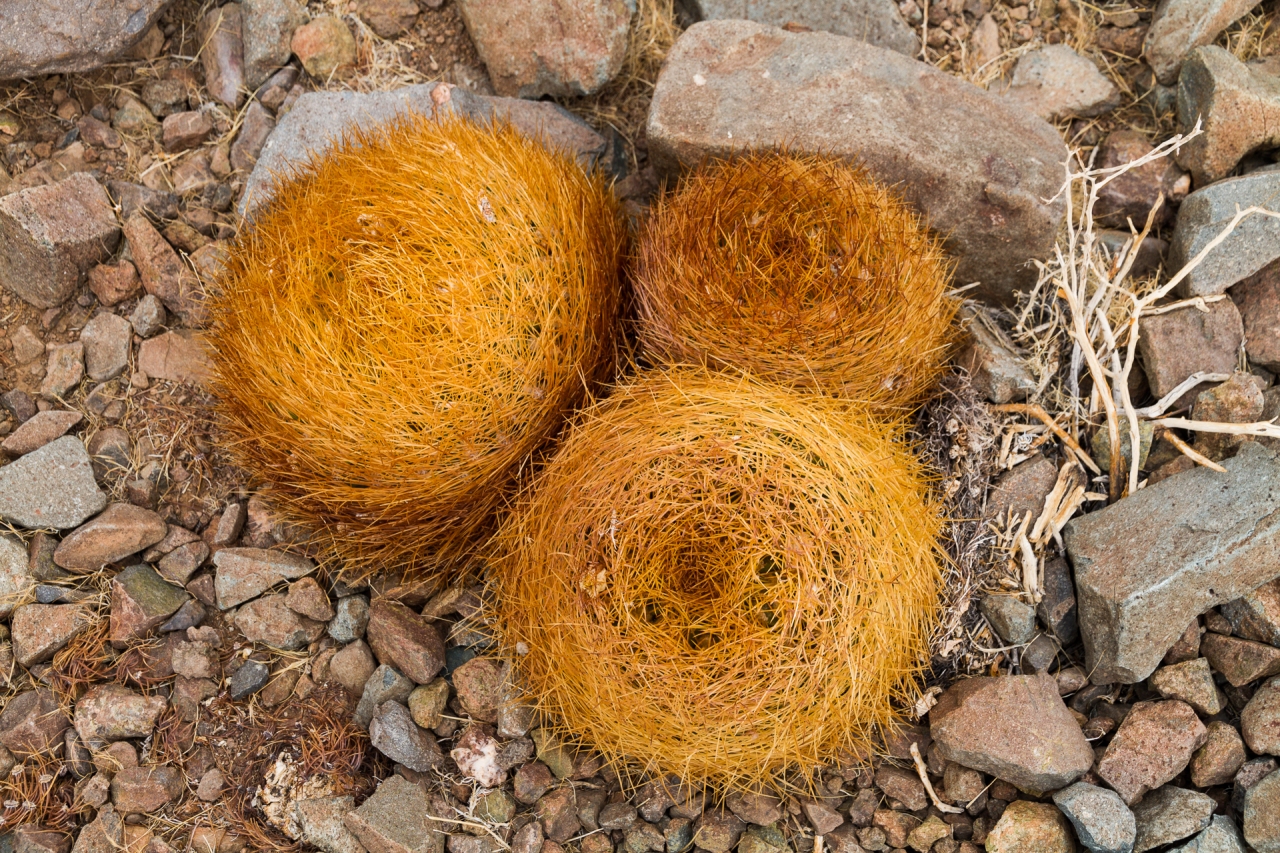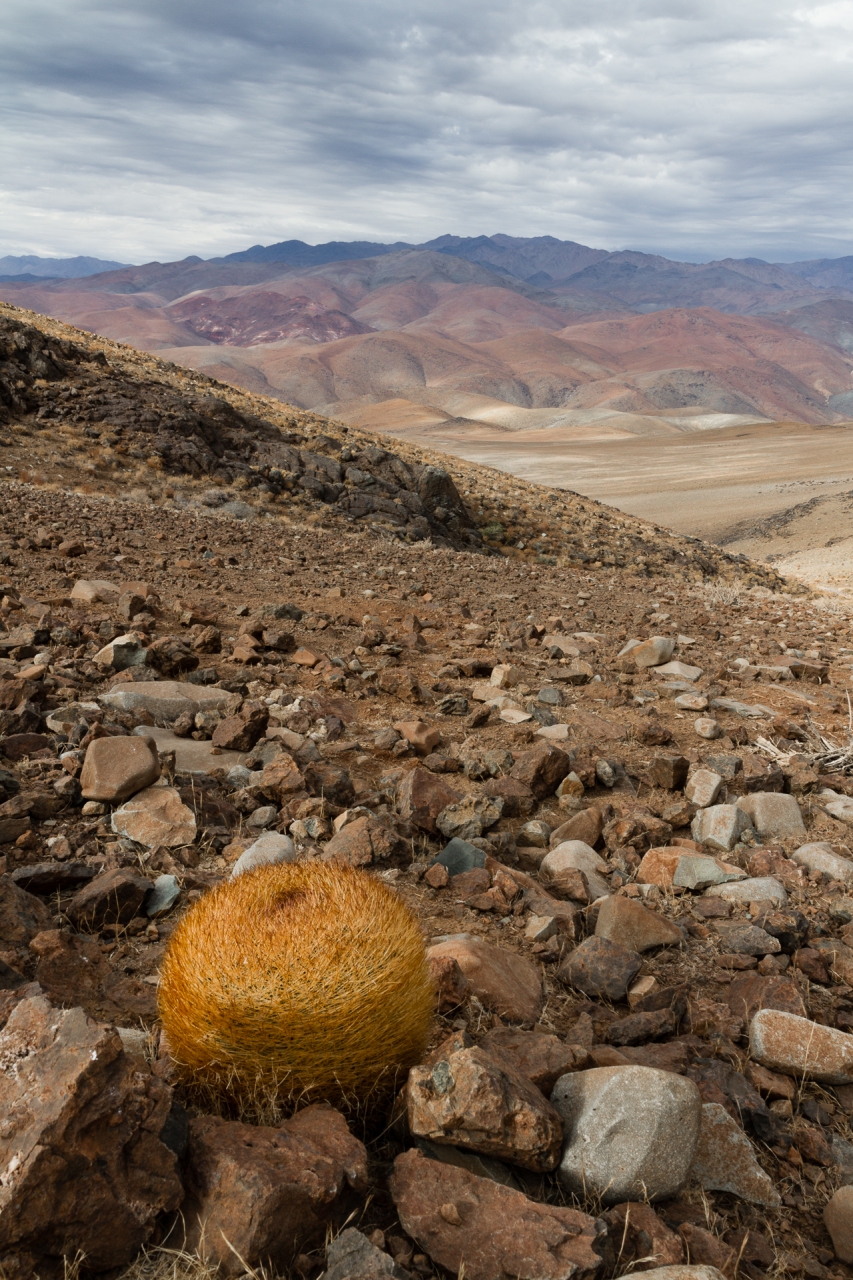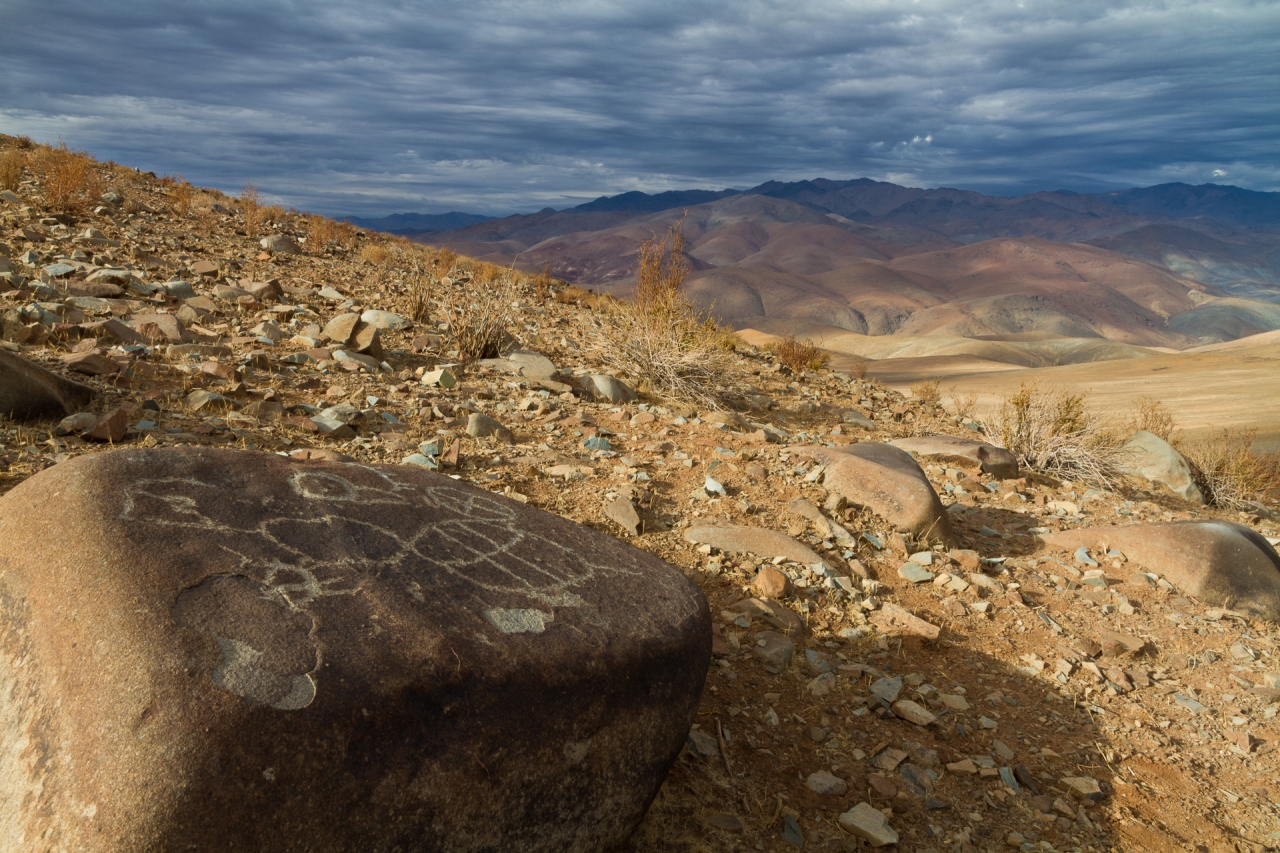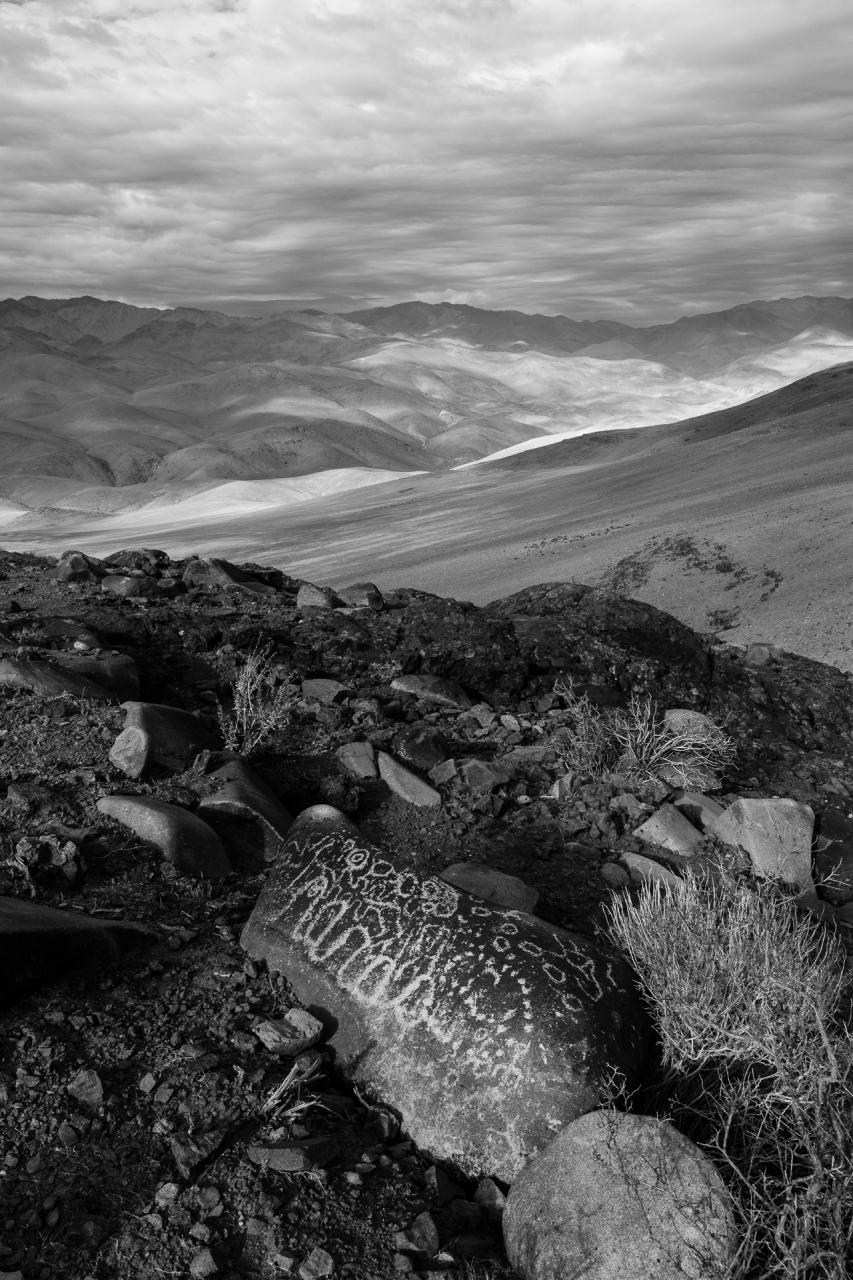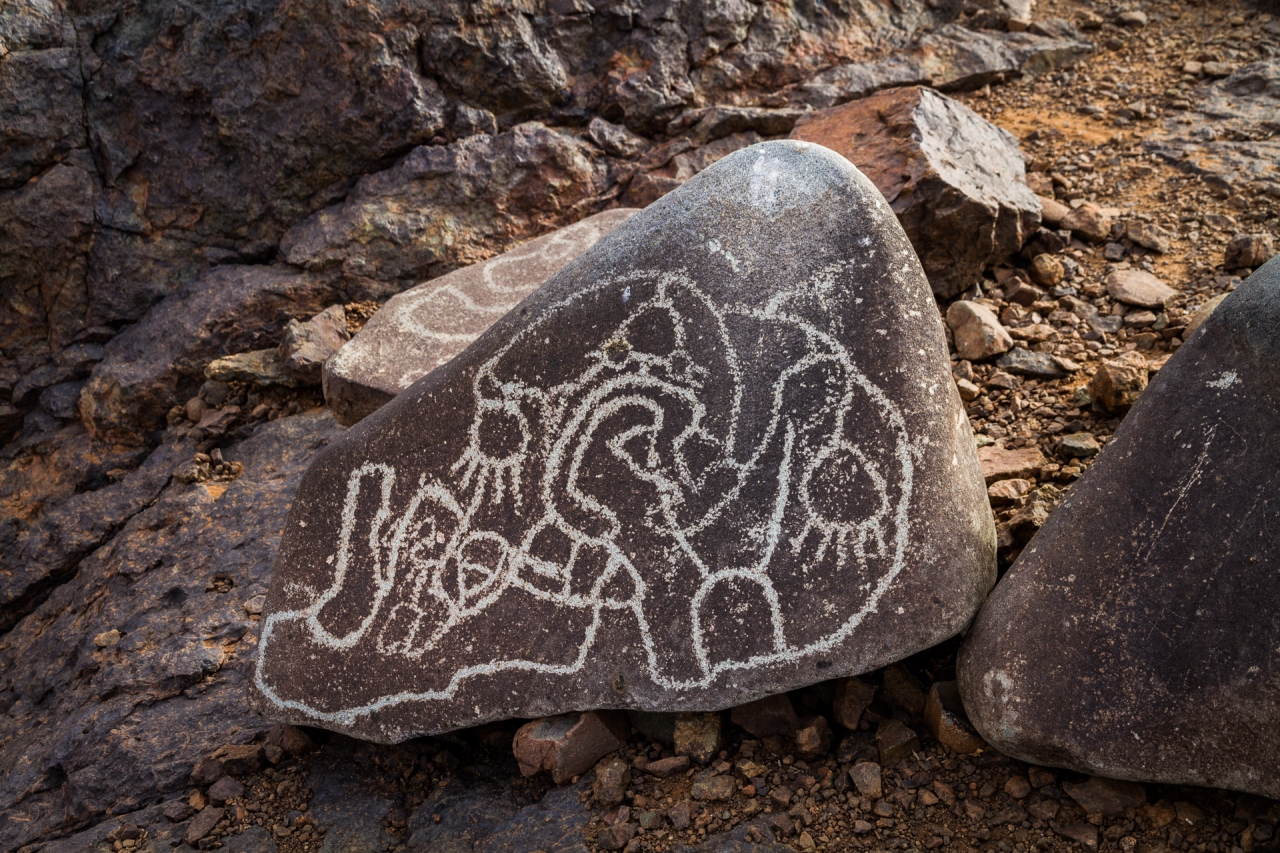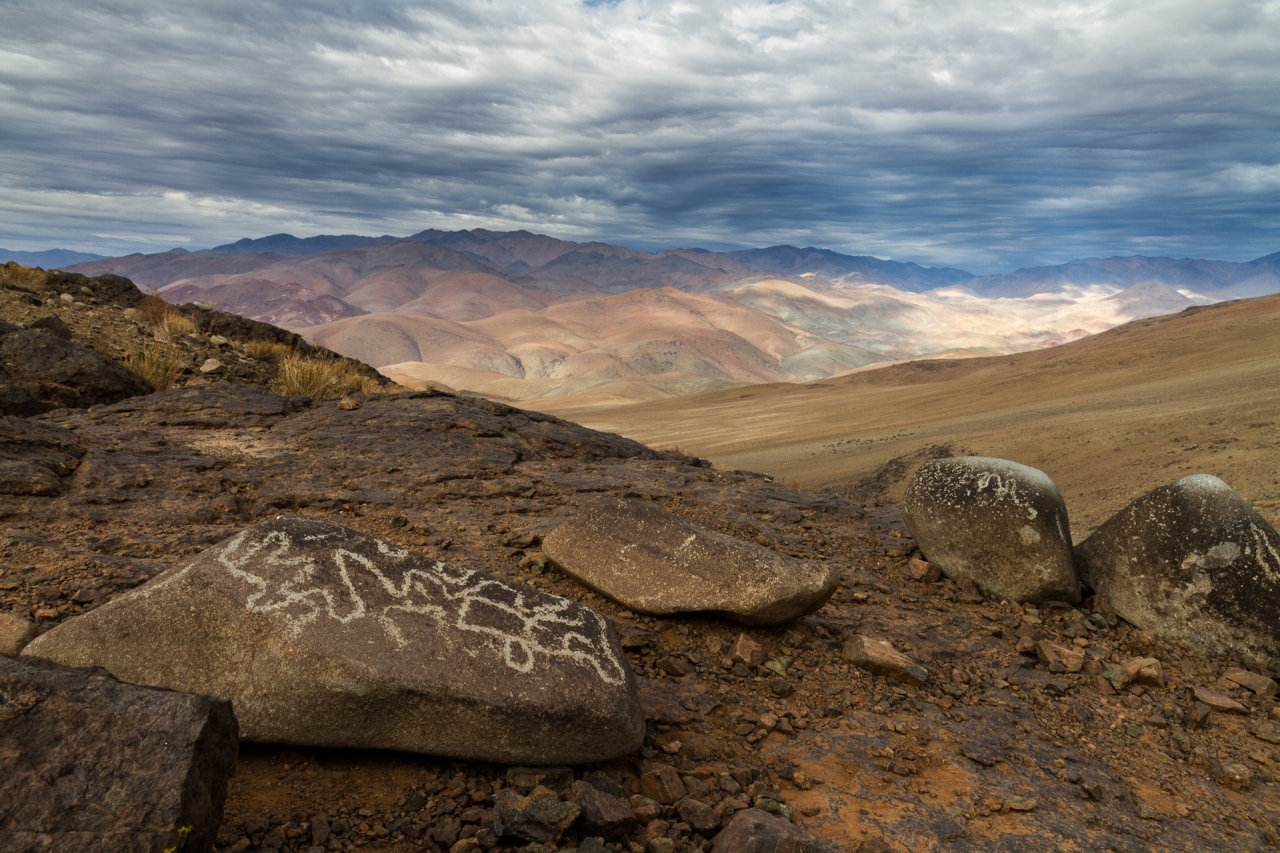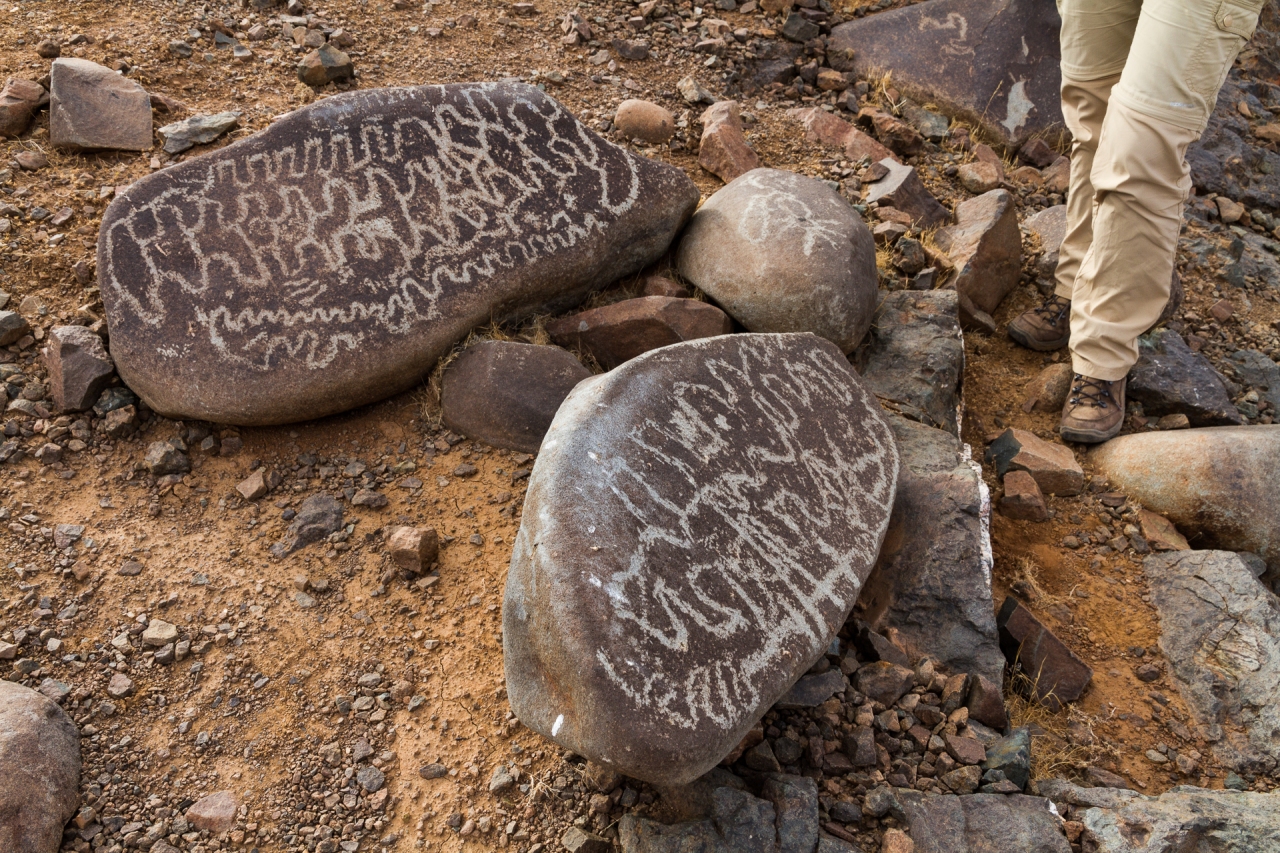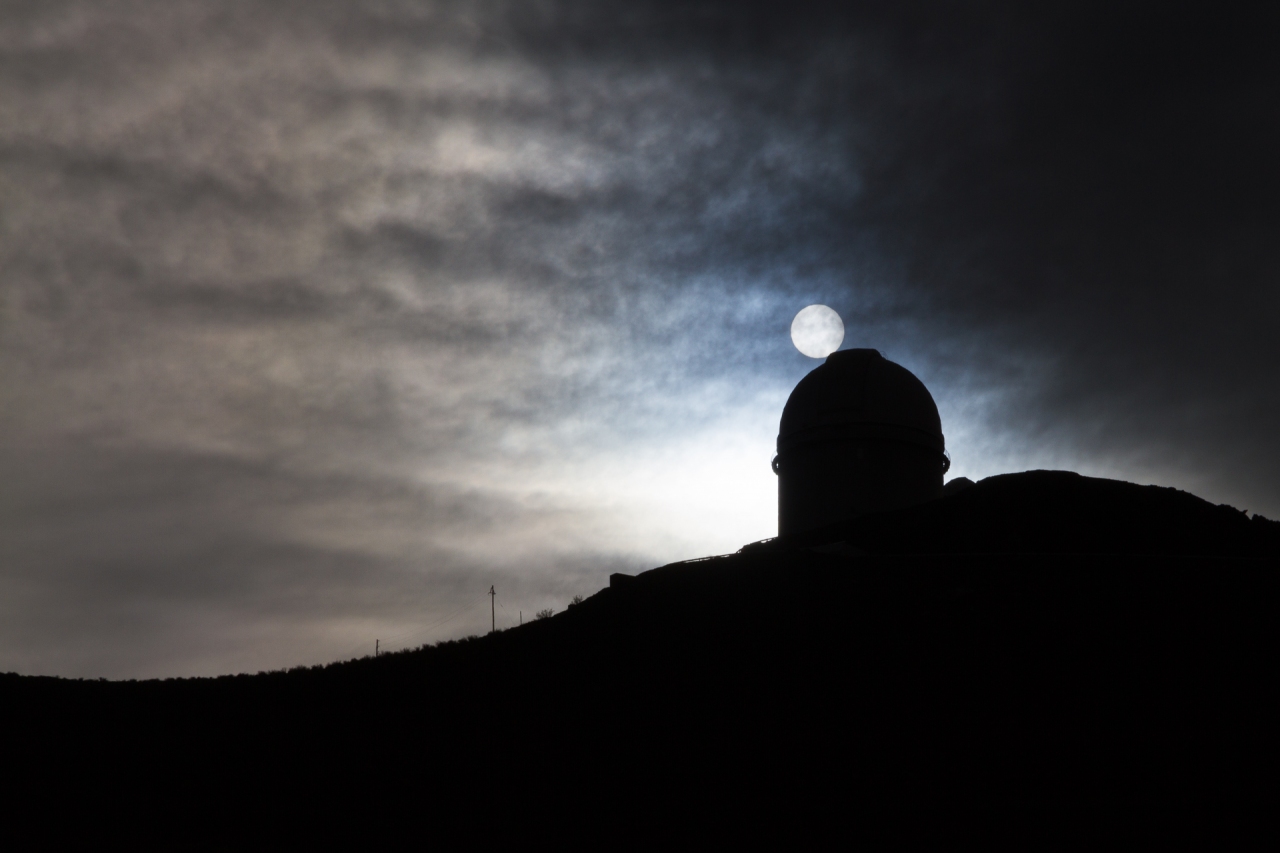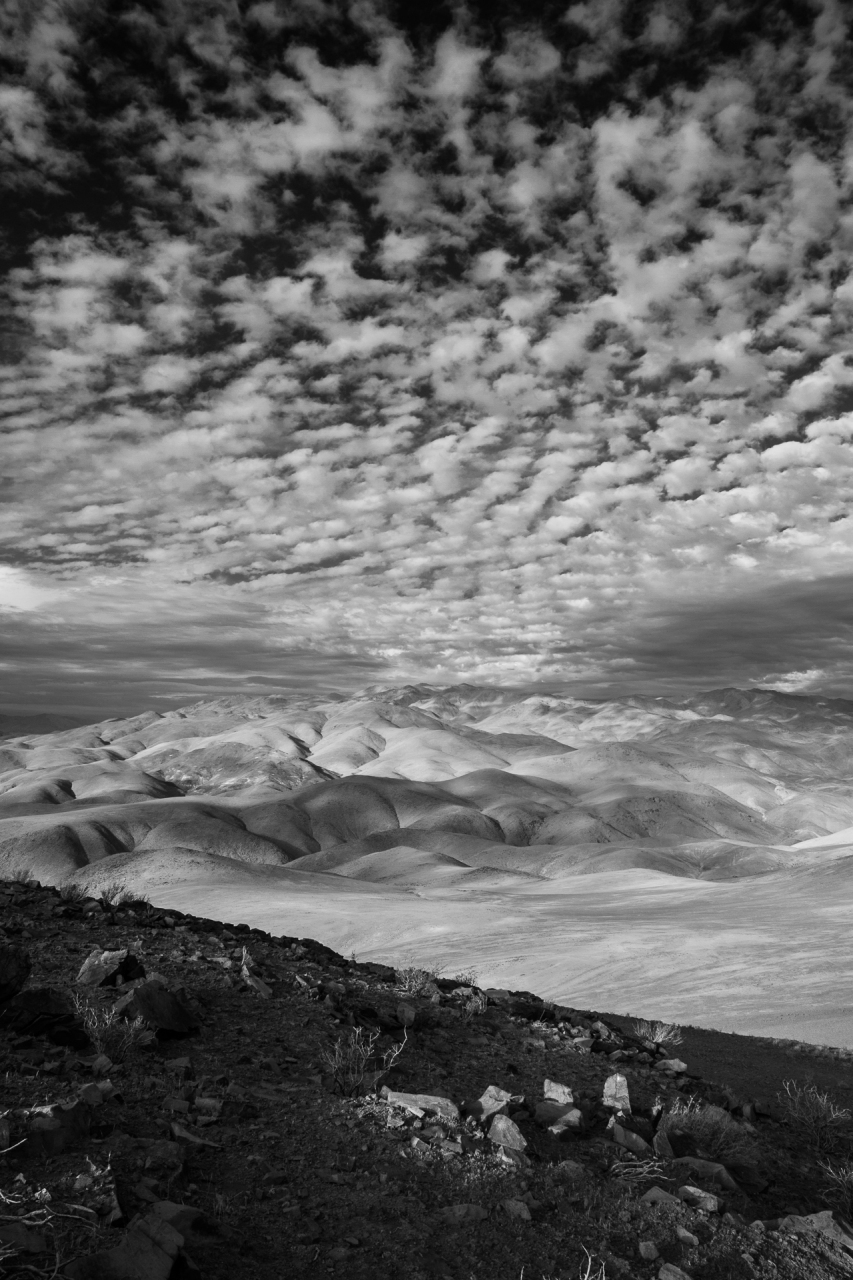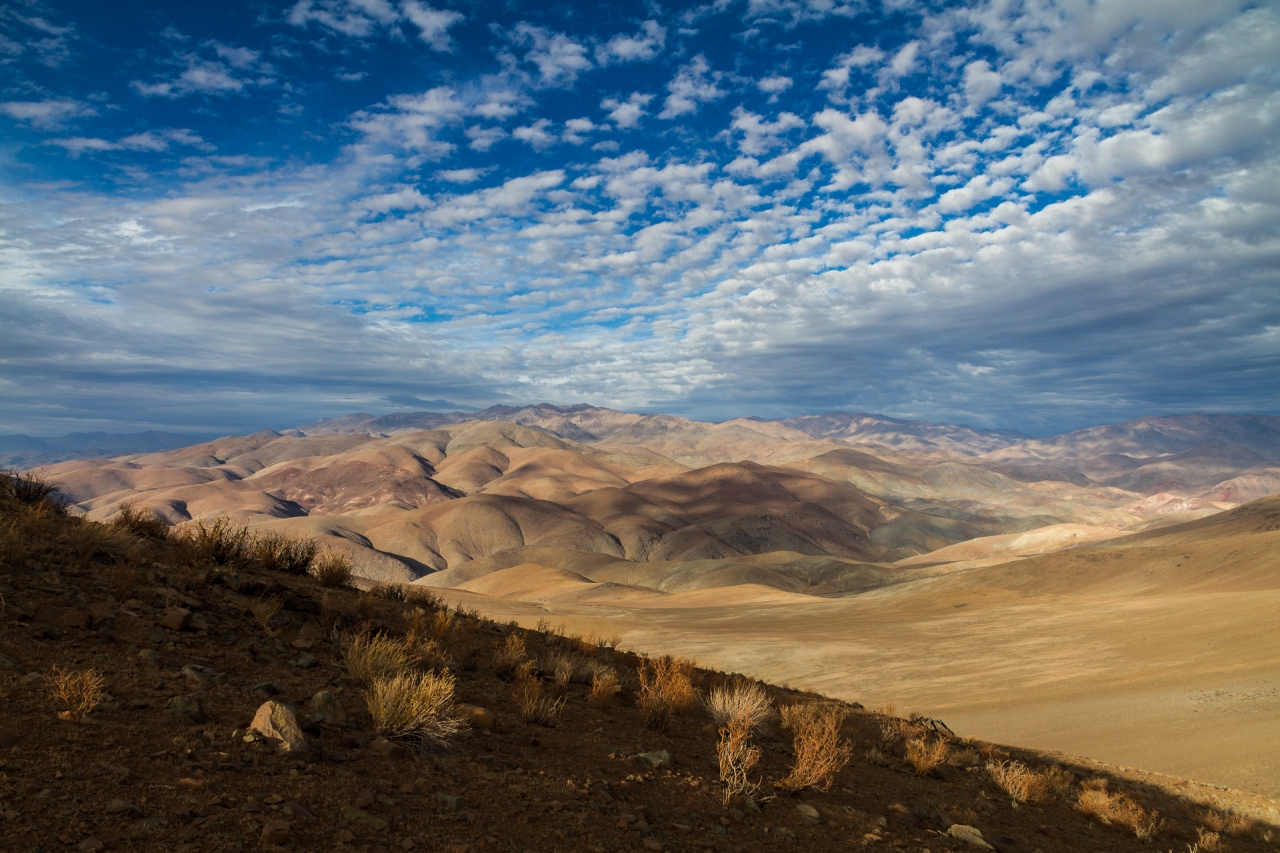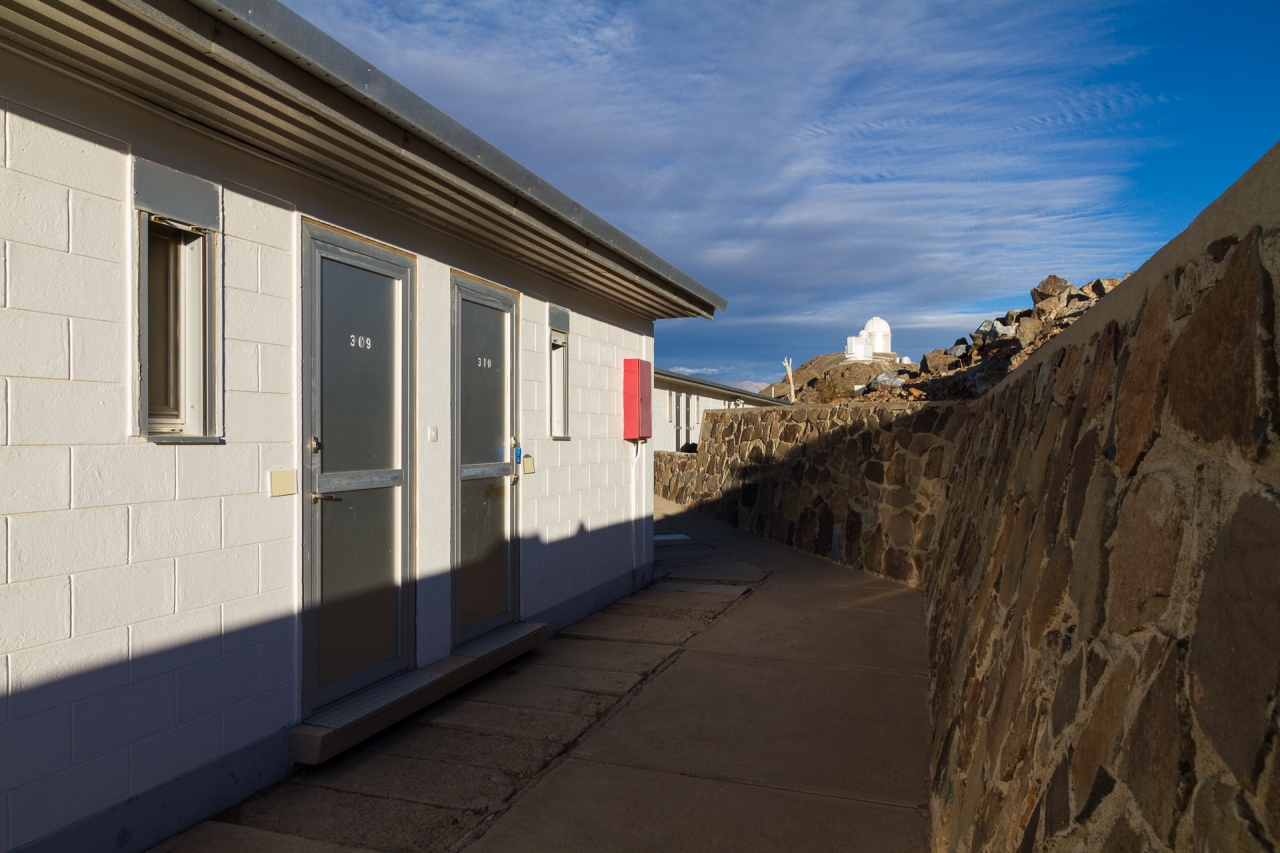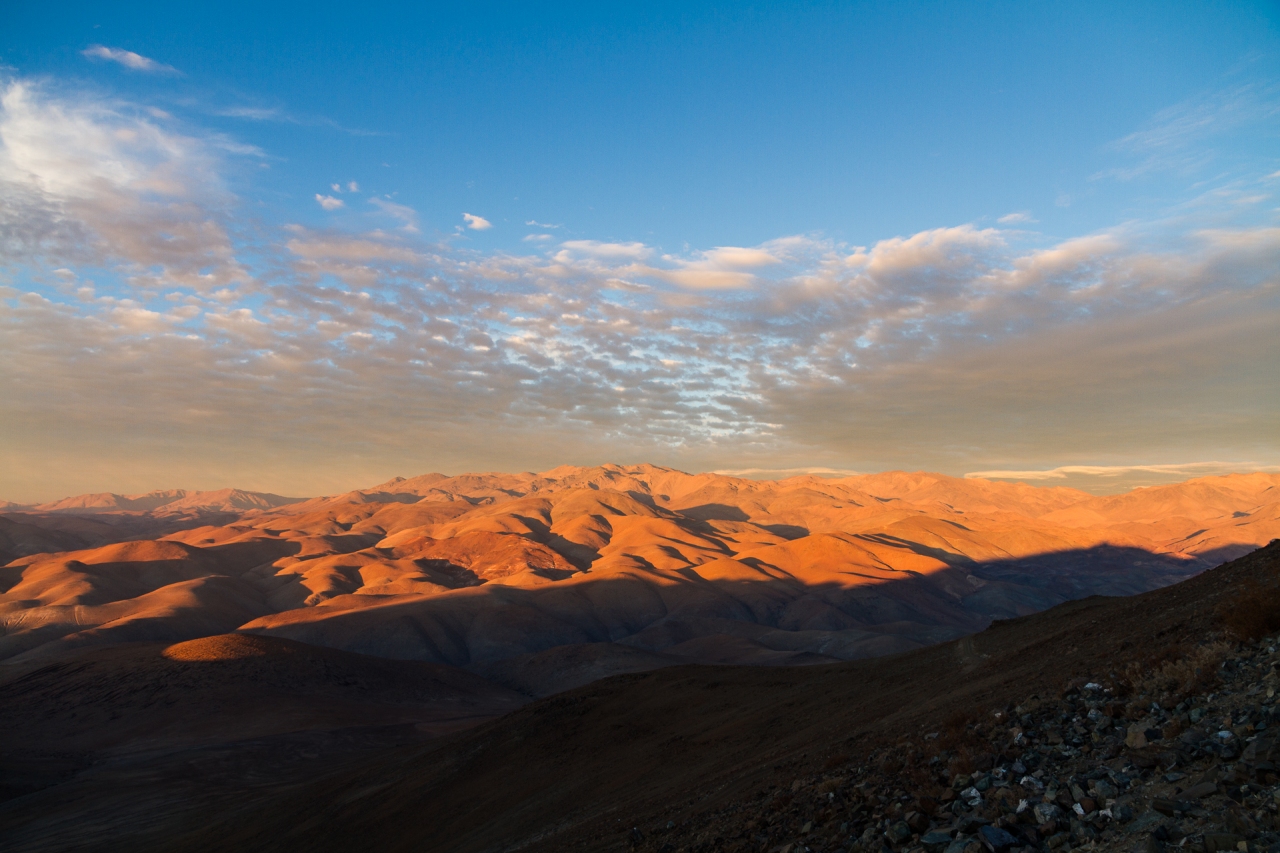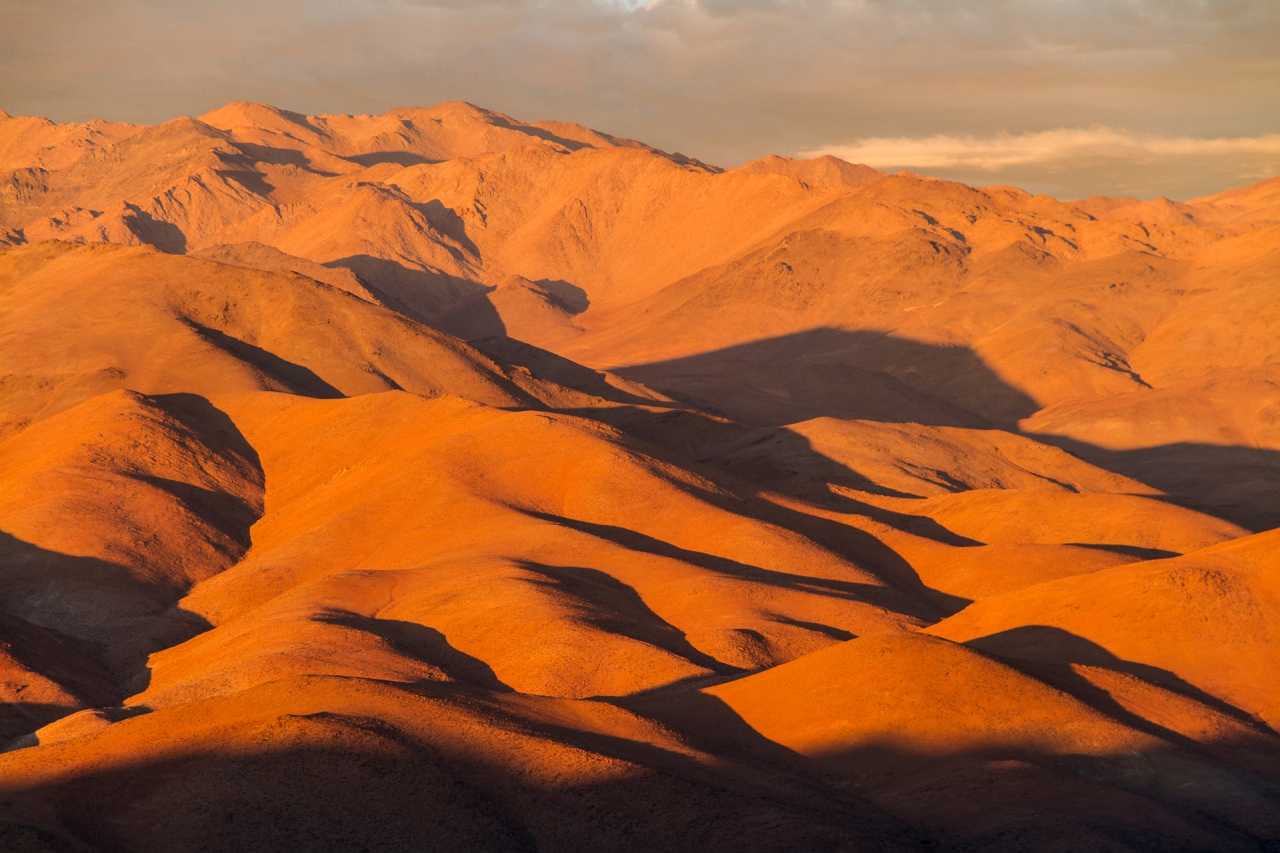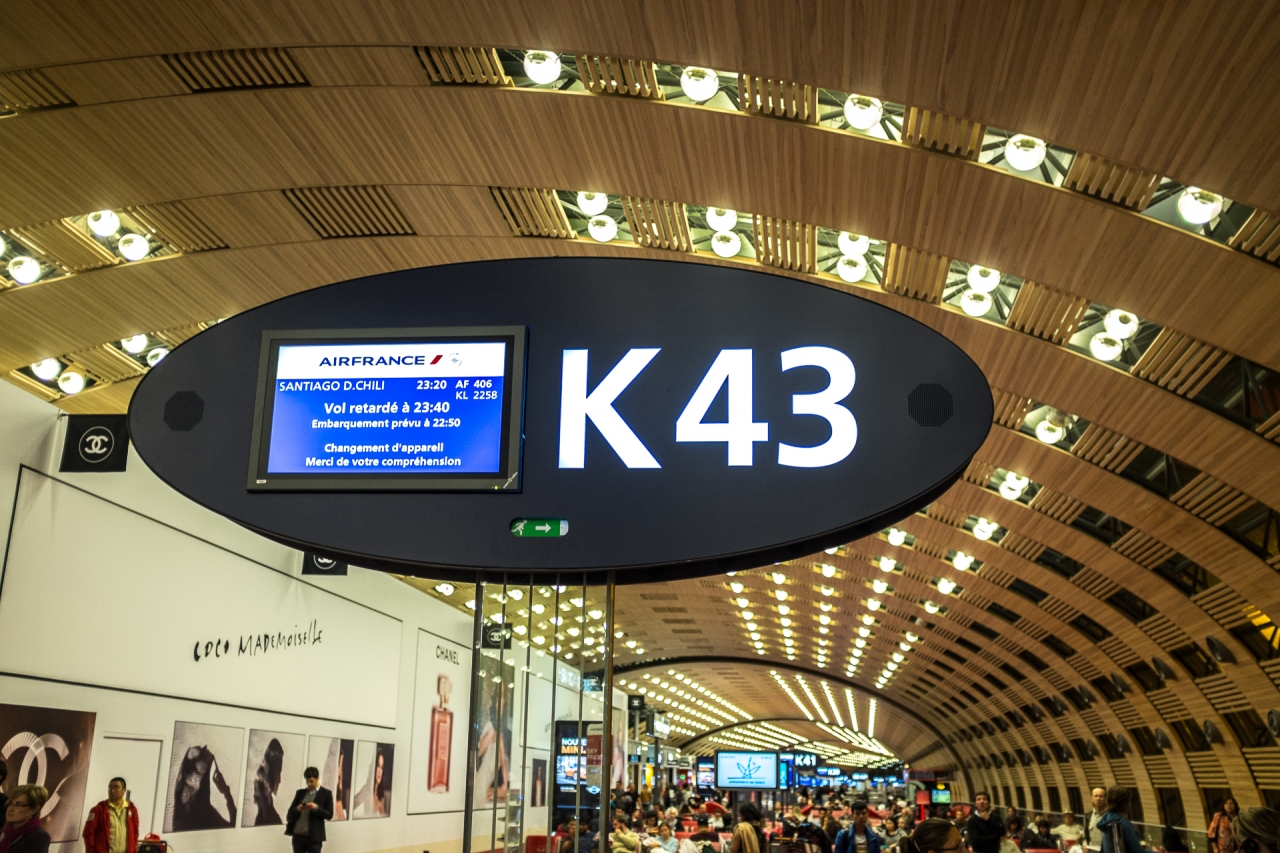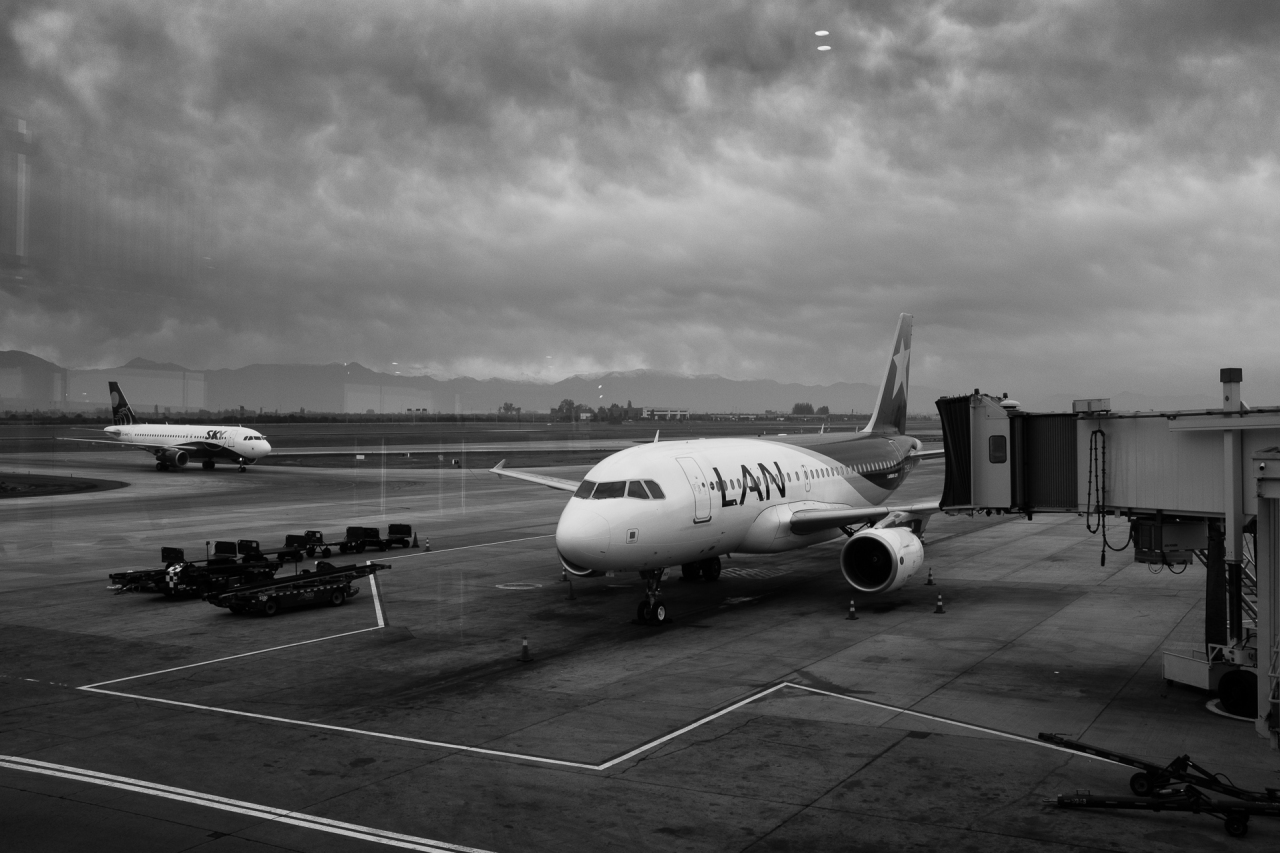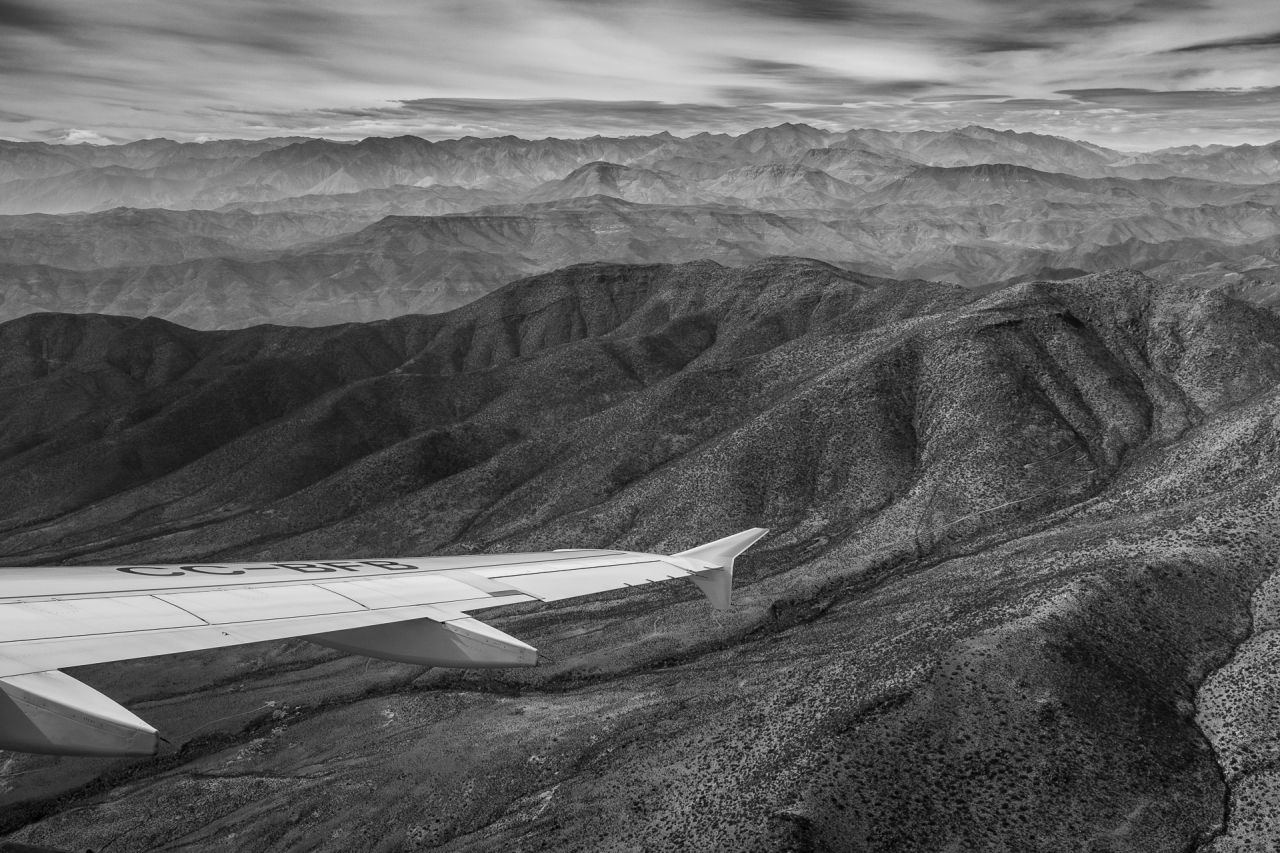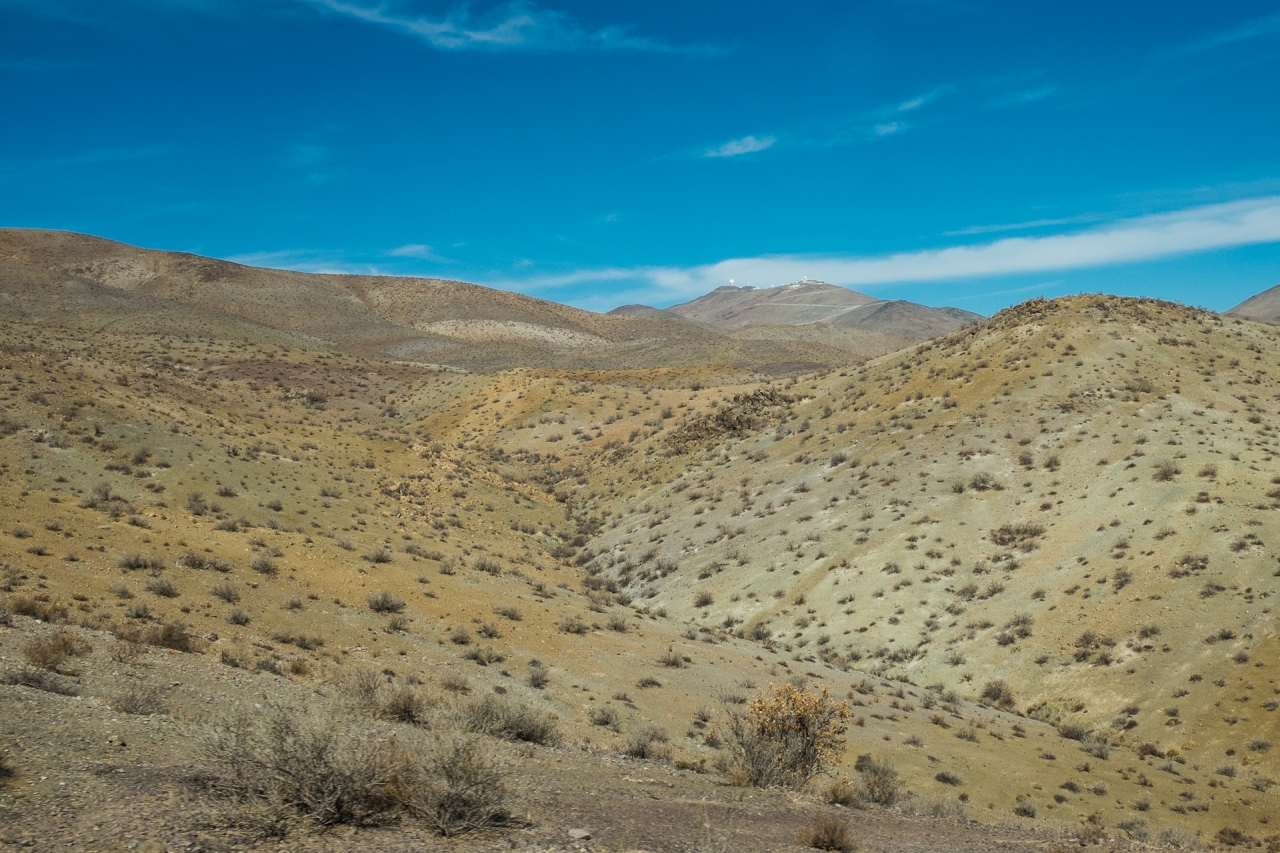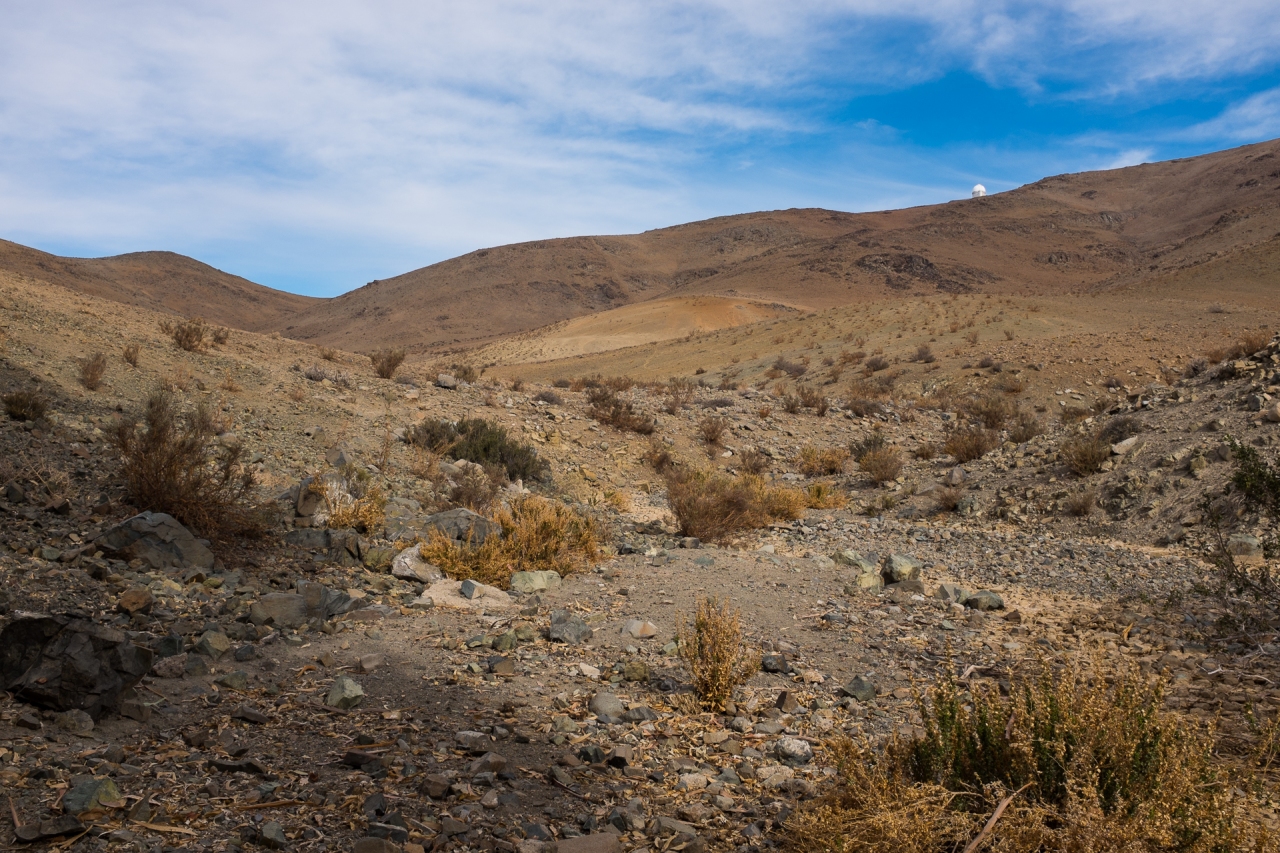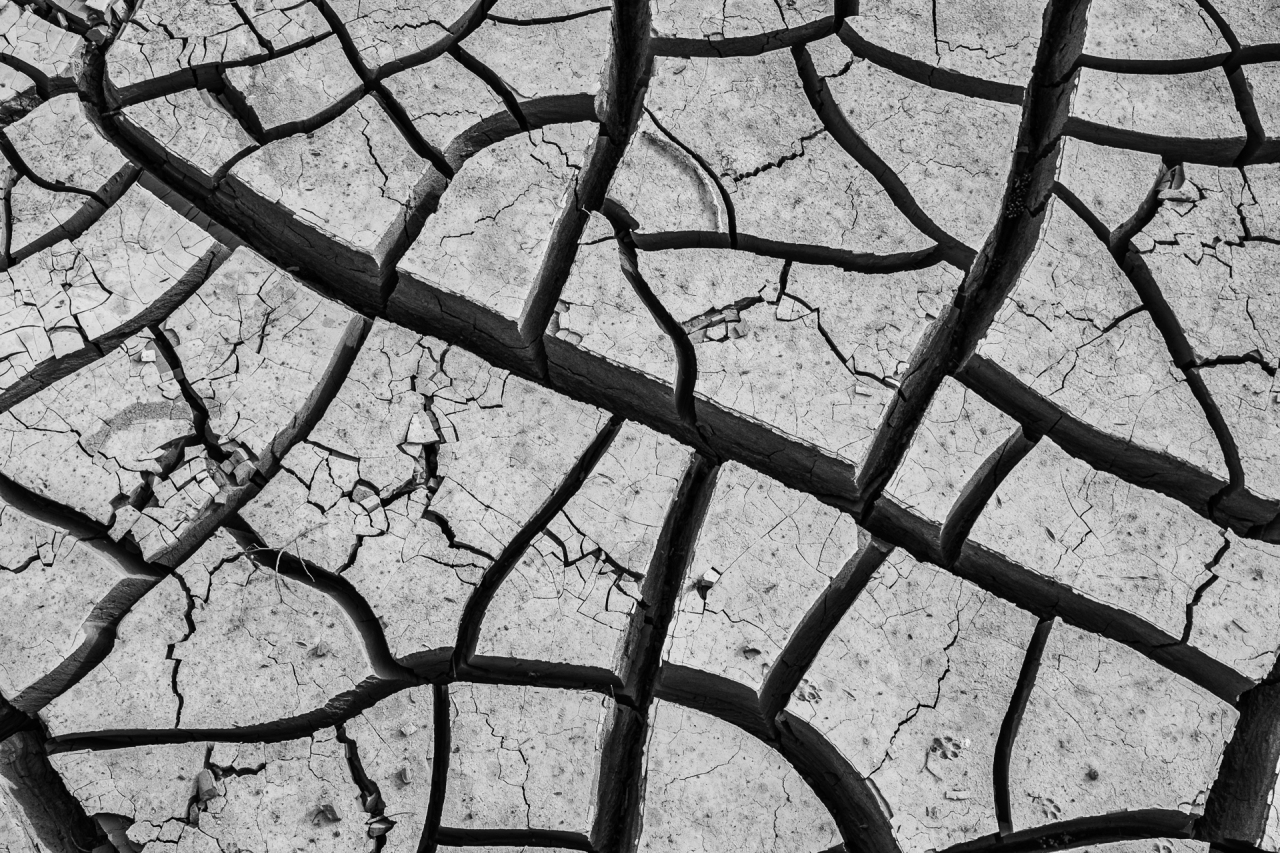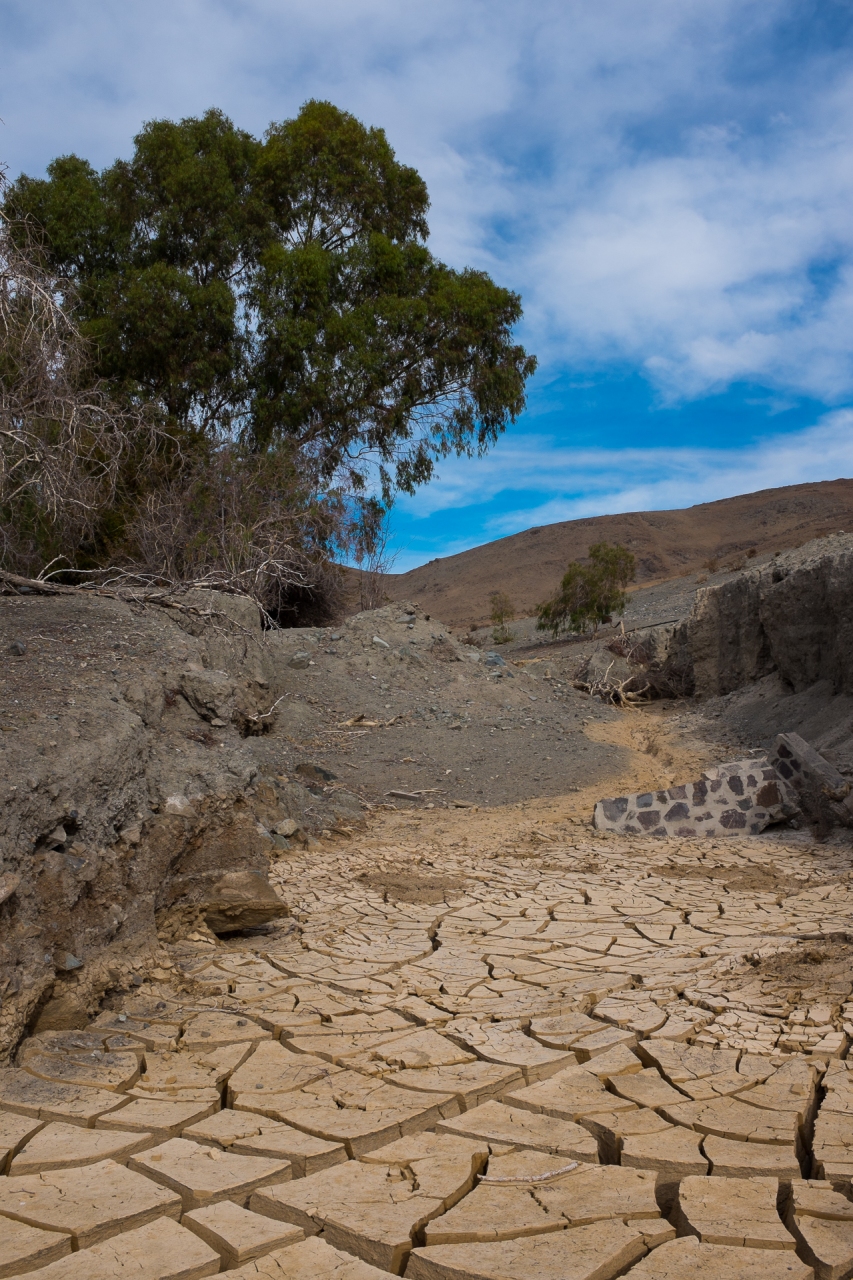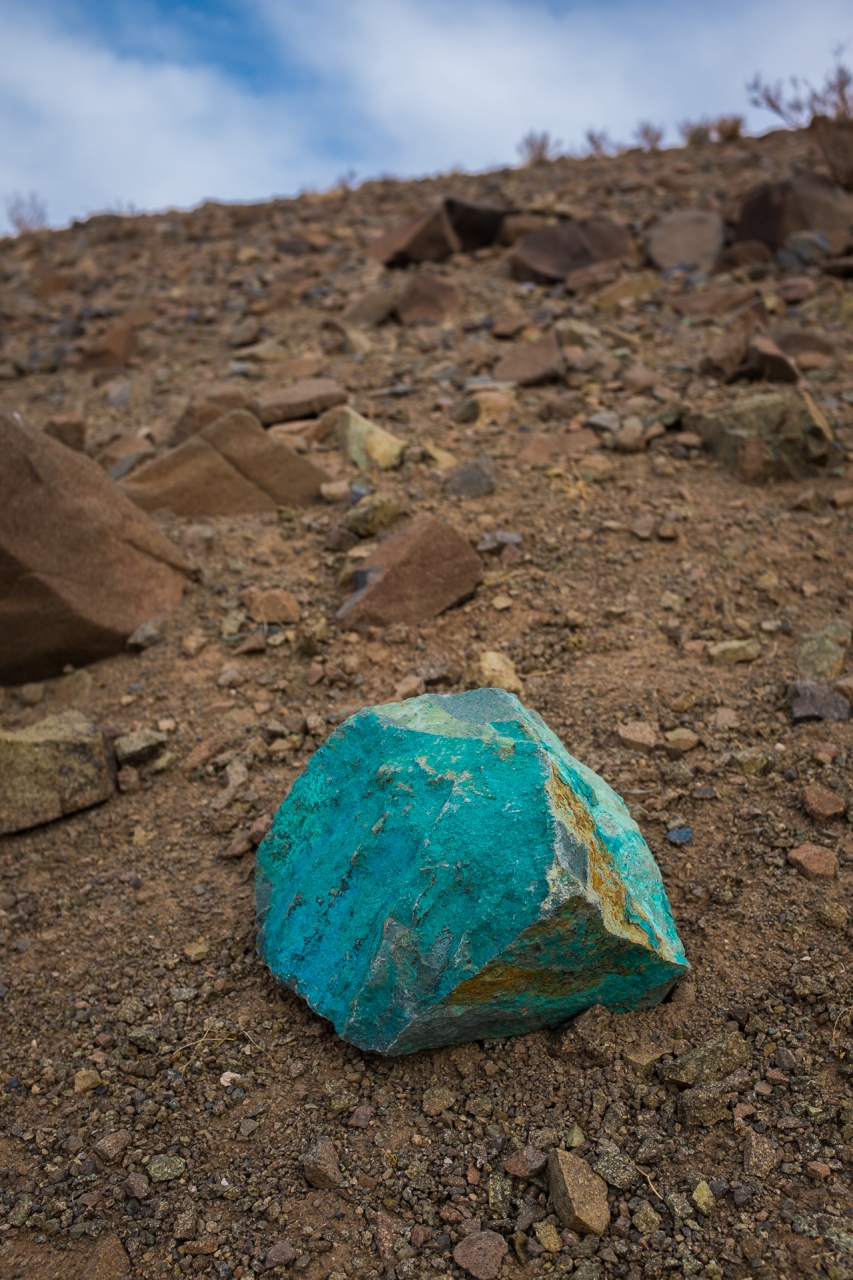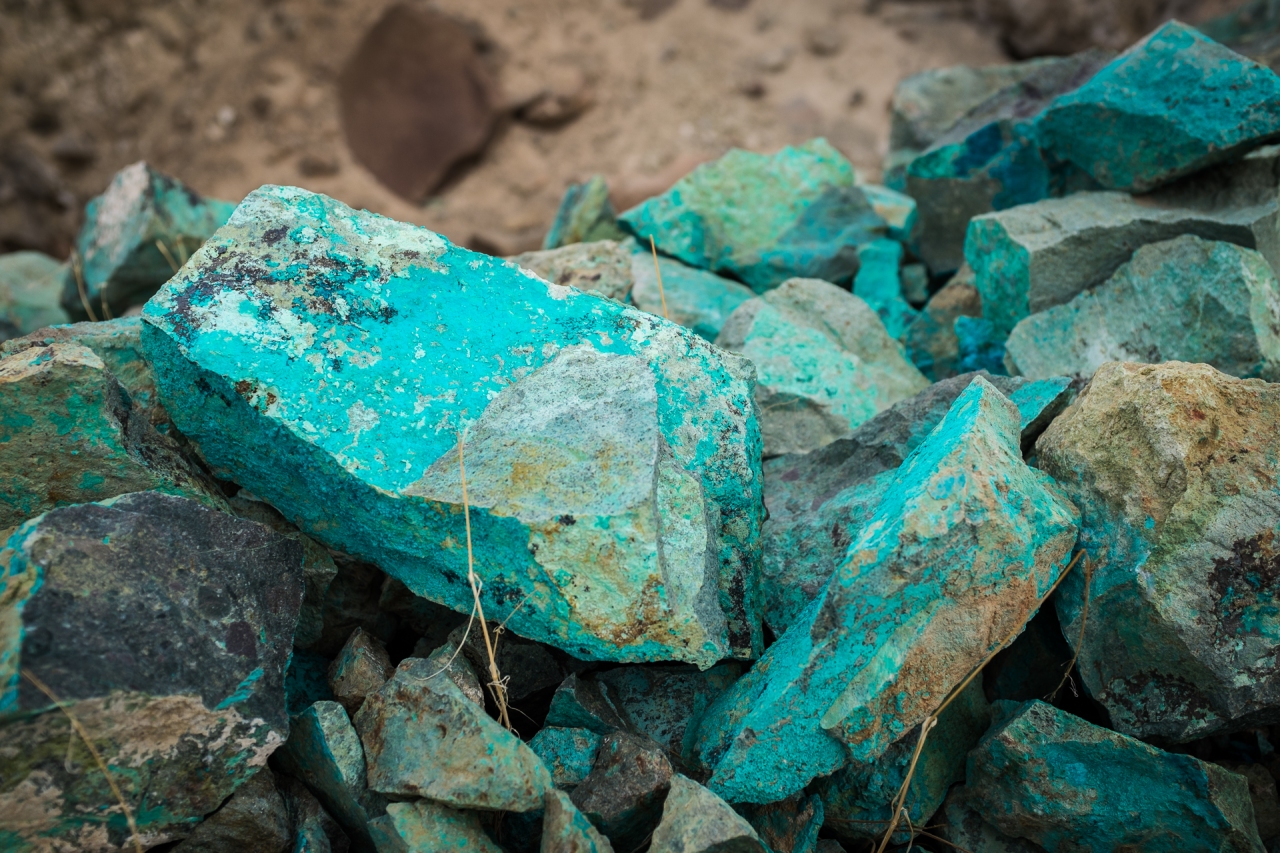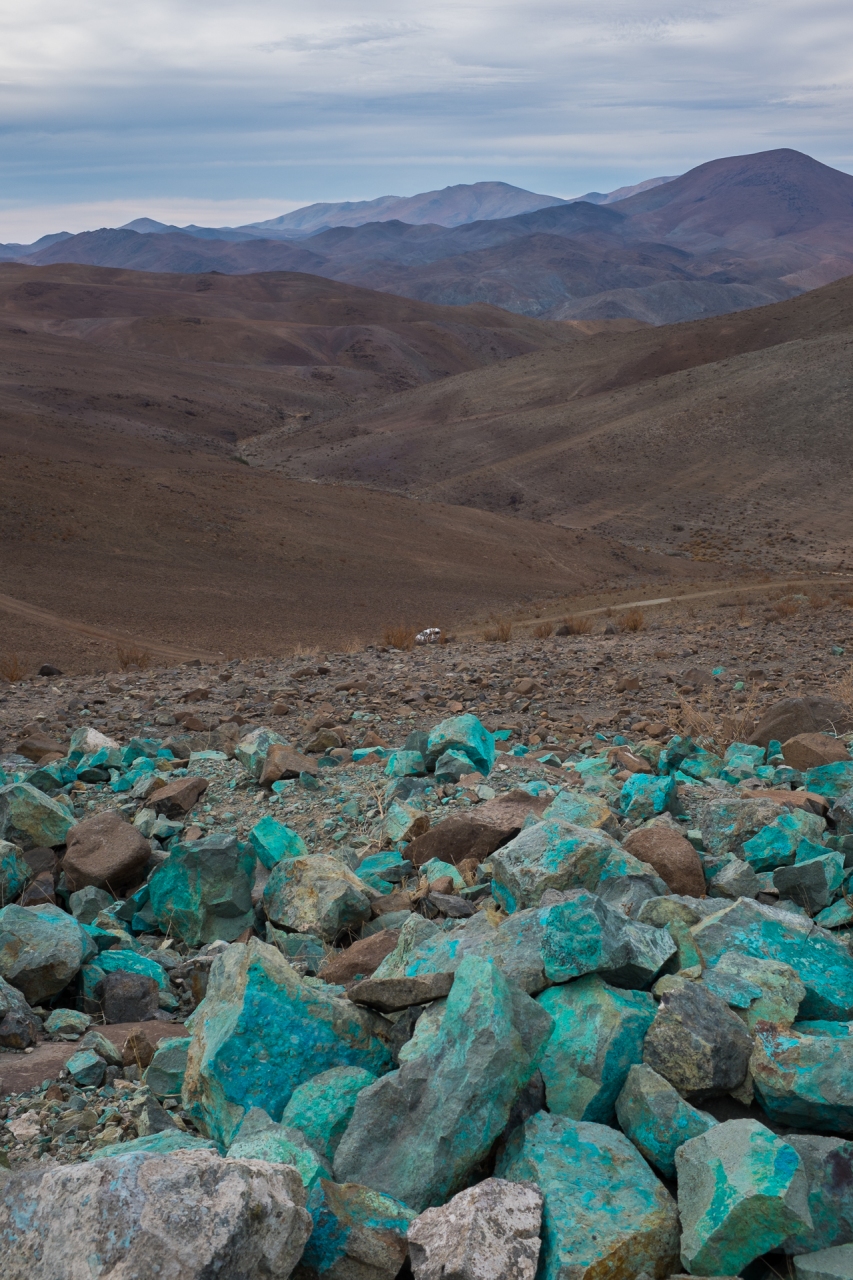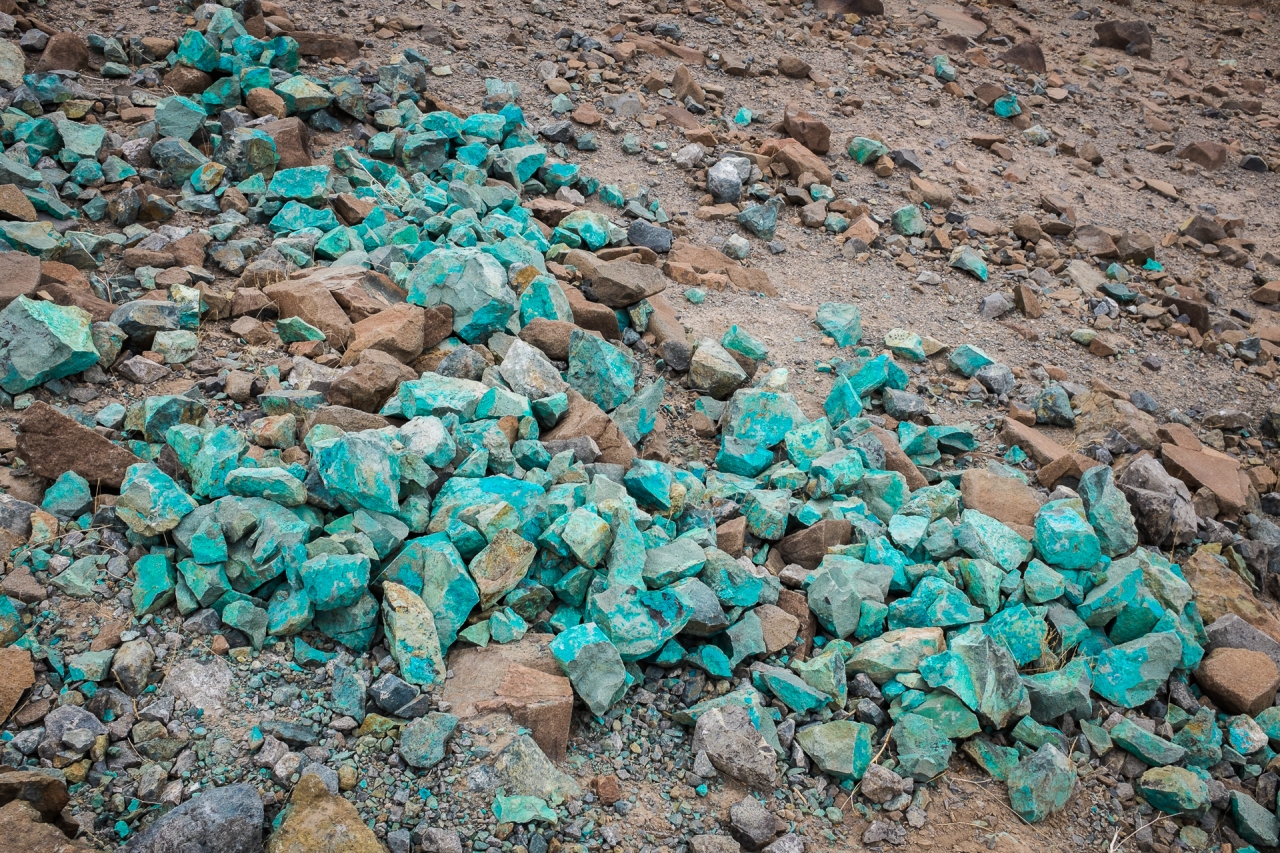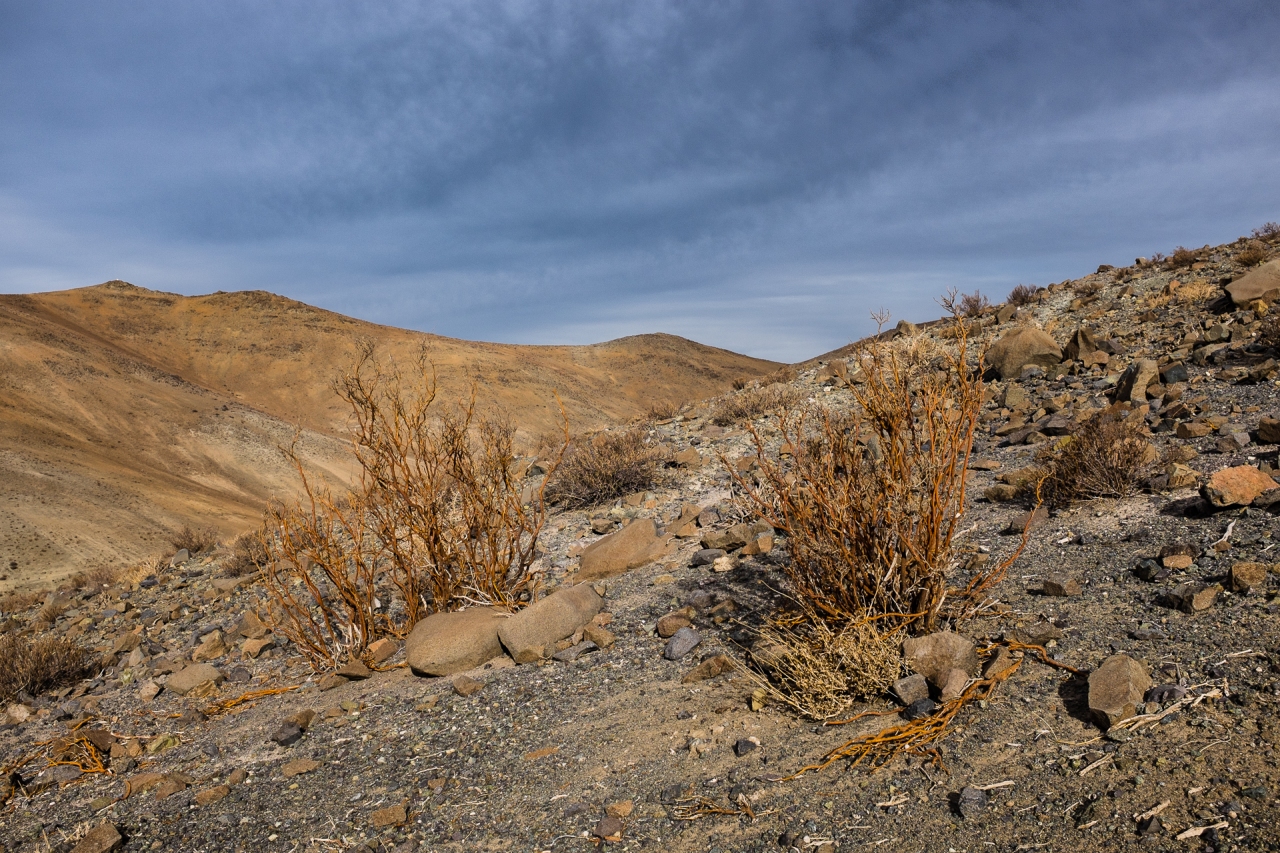Again more-or-less three months without blogging. It is getting more and more difficult to find time or motivation to write, but there are so many things I would want to remember later, and my blog is the best diary, so let’s see what you missed. (Also, since most of my written English practice comes from this blog, I have to admit that I felt quite bad about my language skills while writing this post… Another reason to write more often. Then again, there is this thing about promises and not being able to keep them, so, whatever…)
LEGO: After my mountain bike, I got myself another – much cheaper – present for my birthday: the NASA Mars Science Laboratory Curiosity Rover from LEGO! It gave me a nice evening of assembling, and now it is on display below our TV. Undoubtedly, LEGO was the best toy of my childhood – even when we got our first computer, I kept playing with it. Among my favourite constructions were a suspension bridge, and an astronomical telescope in a proper rotating dome, but I always enjoyed simply following the instructions too. Ah, those were the days! I don’t think I will ever be too old for LEGO. Maybe at one point I should get all my LEGO from Hungary, since I don’t think my brother wants to play with it… The only problem is, that 1) we probably have no space for all that LEGO, 2) there is no way we could fly them over without paying extra for the overweight bags. It is really a lot of LEGO :)
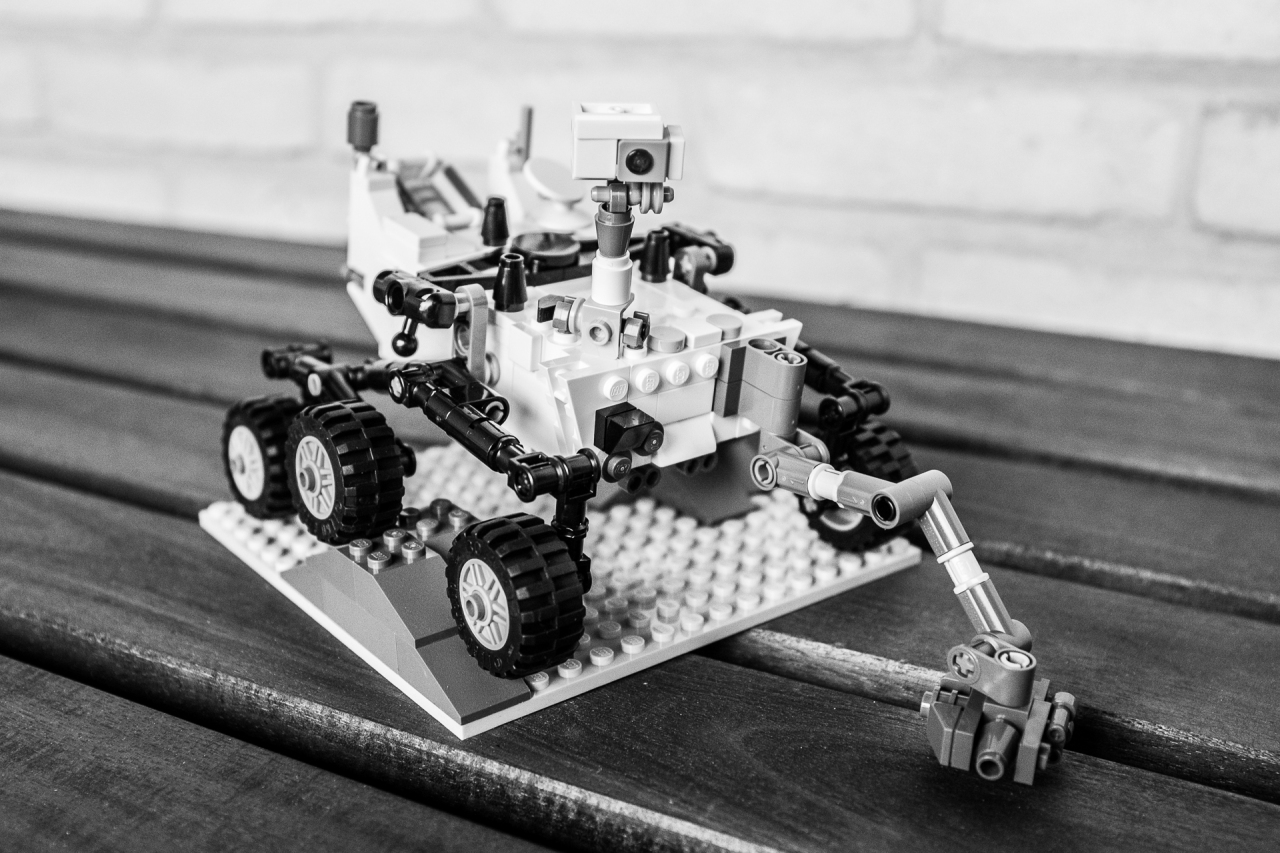
Plots: Anyone who has been reading this blog for a while must know, that I am a data-freak. While preparing my annual seminar talk for the institute I also spent some time on data-mining and visualisation using the database of observations made with the HERMES spectrograph (at the Mercator telescope on La Palma). It turned out, that I have the 3rd highest amount of observing time at the instrument. (Even without counting the time I spent there with the master students as support astronomer – if one was to add those nights to my sum, then I would be winning with quite a landslide.) As an example, here is a plot showing the distribution of all HERMES observations throughout the first 5 years of HERMES, and a plot showing their distribution on the sky near the original Kepler field (different colours mean different observing programs, the dark blue area on the first plot represents the night time, and the symbol size is connected to the exposure time).
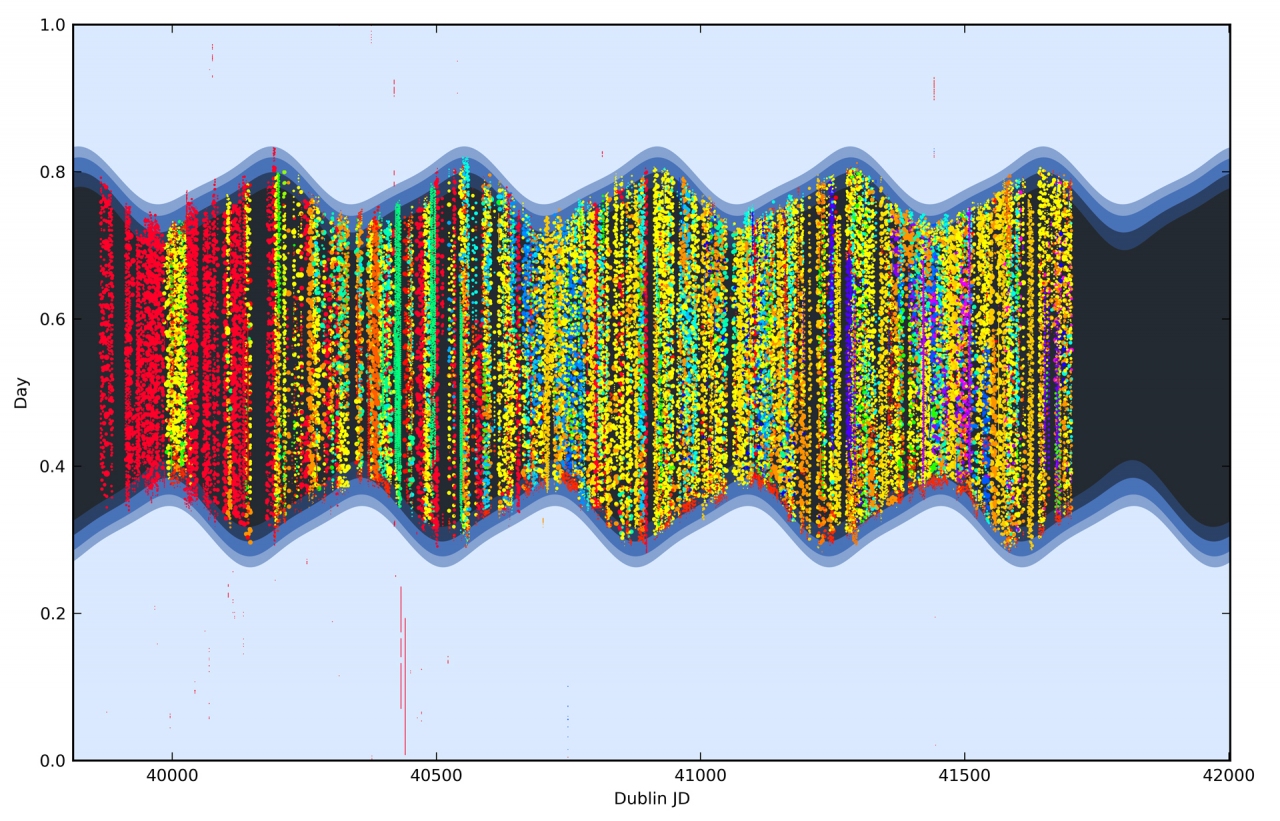
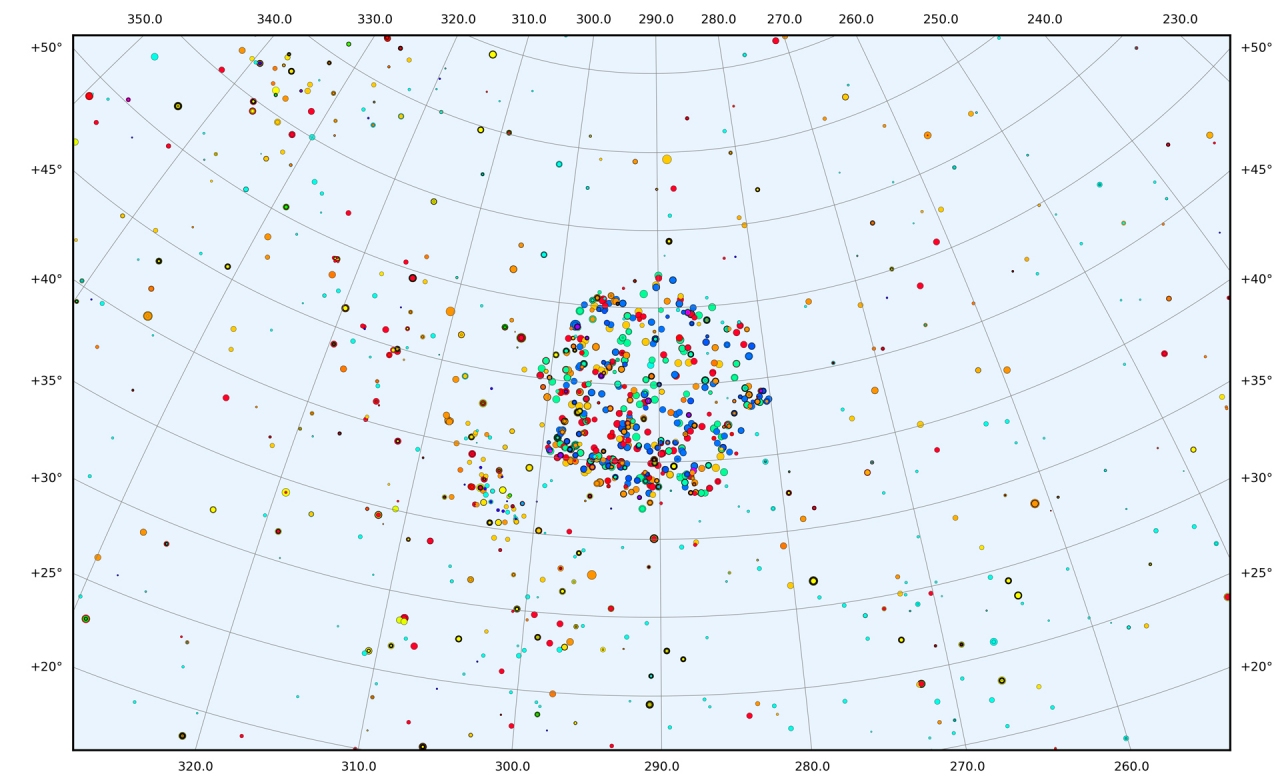
You can see – among many other things – how seasonal some observing programs are, and how well covered the Kepler field is. This was a nice exercise with python to learn a few new things about projections and calendar-data visualisation.
Making Belgian chocolate: After my public PhD defence I got a voucher for a chocolate workshop from my colleagues, but we only managed to go and do it now, at the end of March. It was a two hour session in the Bittersweet Chocolatier in the centre of Leuven, and we got to make small praline filled chocolate easter eggs, larger chocolate figurines, and pistachio balls covered in chocolate. It was a very nice experience, even without mentioning the half kilogram of – both self made and original Bittersweet – chocolate each of us got to take home afterwards :) I think it was definitely the best PhD defence present I have seen so far.
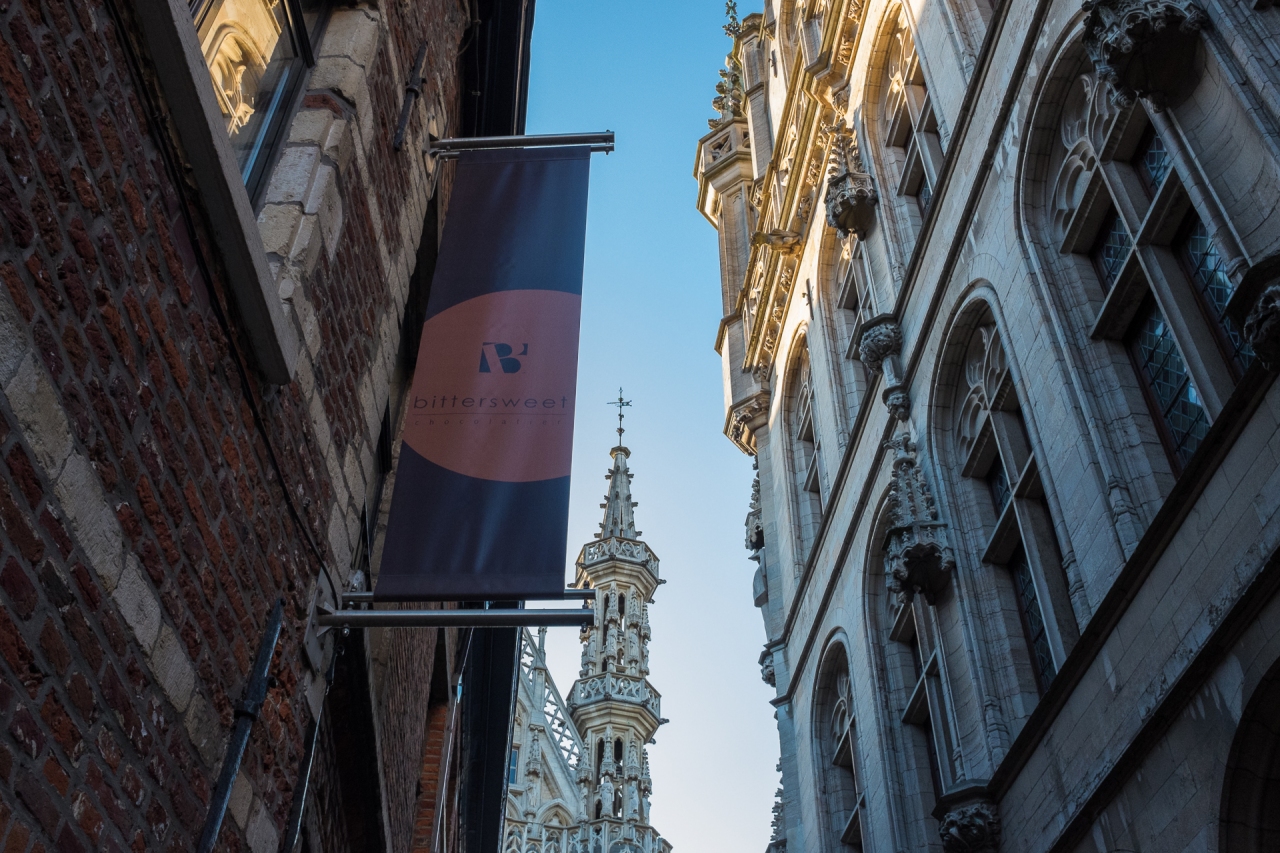
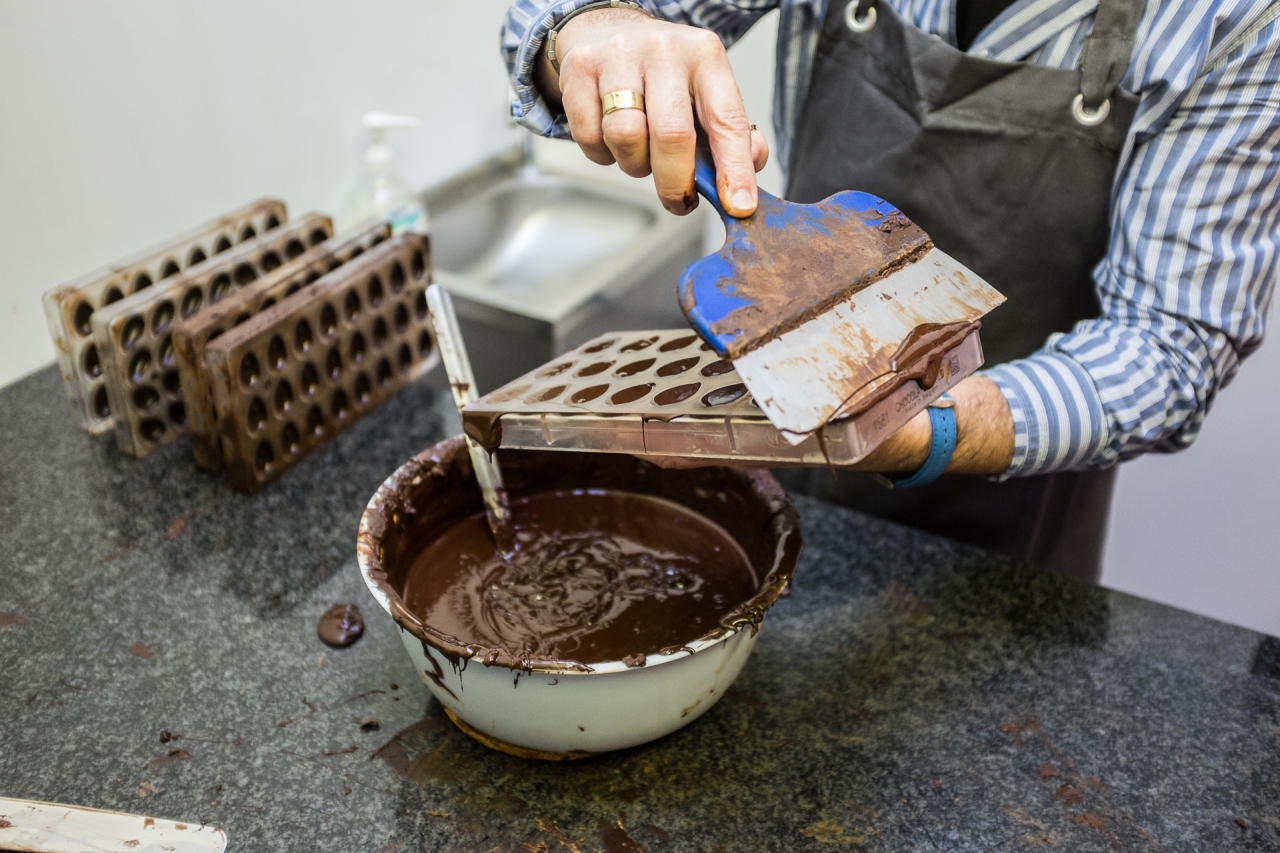

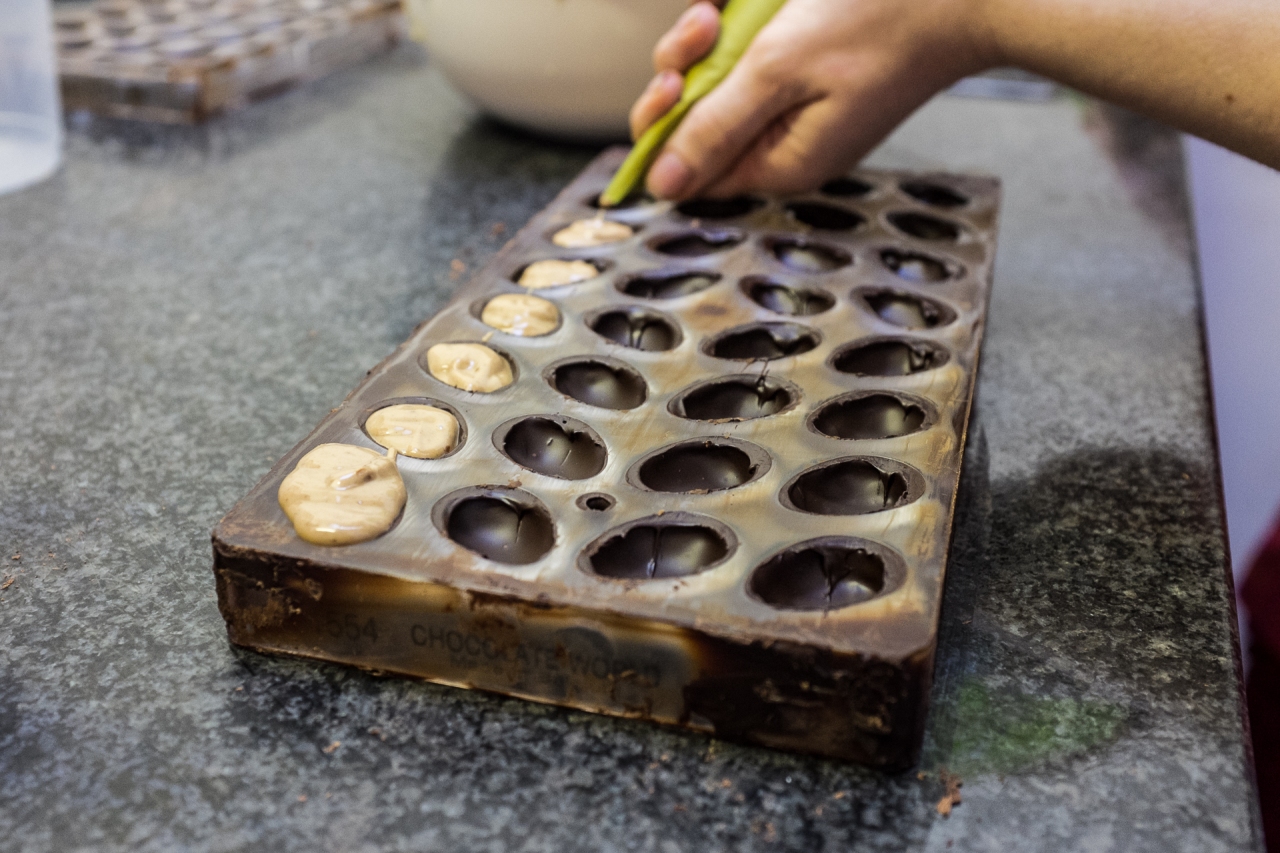

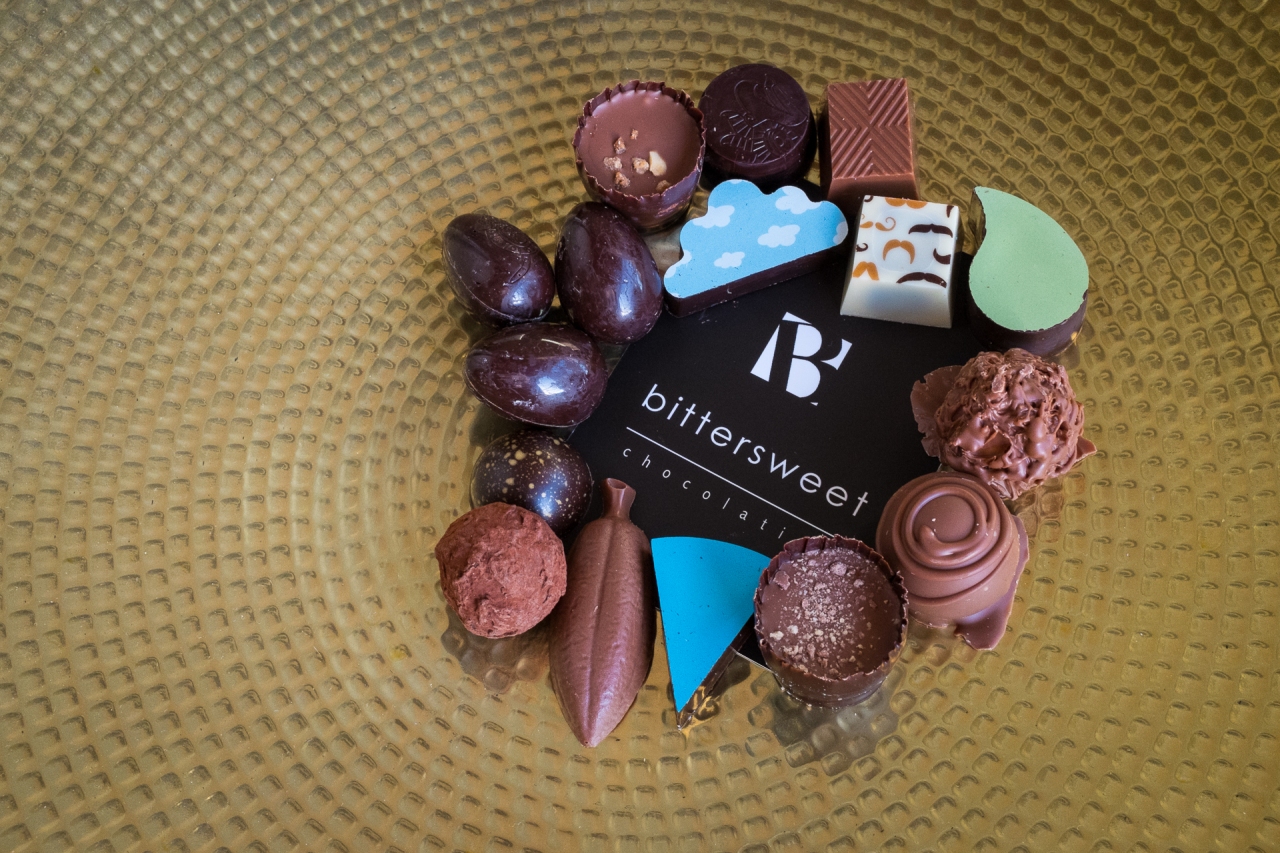
Royal Greenhouses of Laeken: Last week my mother came for a visit, and this time she finally got to enjoy the Belgian sunshine for a bit longer than a few seconds. Her only wish was to visit the coast and take De Kusttram between a few of the coastal towns, which we did on our first full day. The weather was warm, but we still got to use our umbrellas in a short thunderstorm which caught us while walking through the dunes. I also brought along my kite, but this time there was basically no wind at all (which is extremely rare on the coast), so I could not play much with it. There were other people with kites desperately waiting for stronger winds too…
On the next day, we went to Brussels to visit the Royal Greenhouses of Laeken, which is only accessible to the public during a short, three week long period each spring. It was very beautiful, despite being a little bit crowded. Although I think that the variety of plants in the – much smaller – botanic garden of Leuven (which we visited just a few days earlier with Clio, and on the following day with my mother) is larger, there is no doubt that the architectural beauty of this place, and the amount of blooming flowers there was truly exceptional.
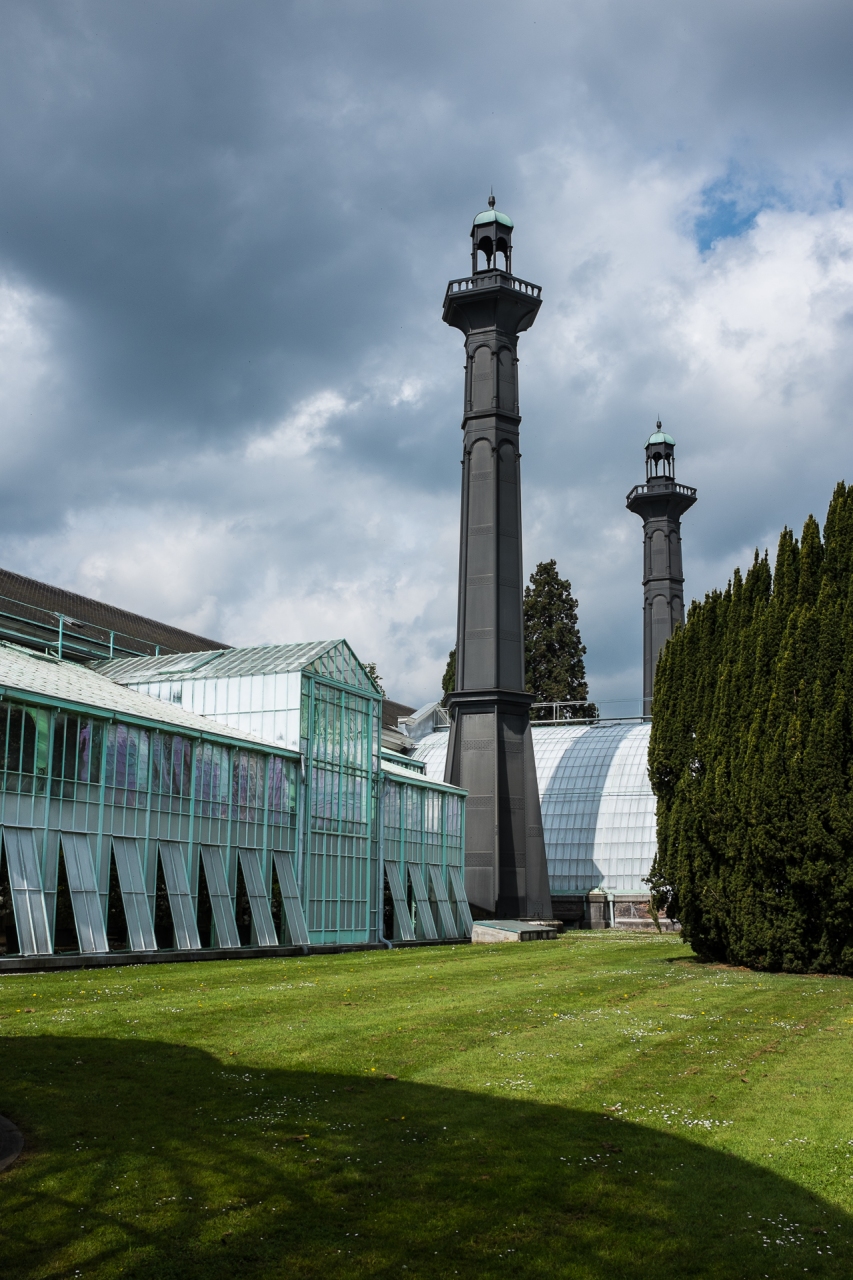


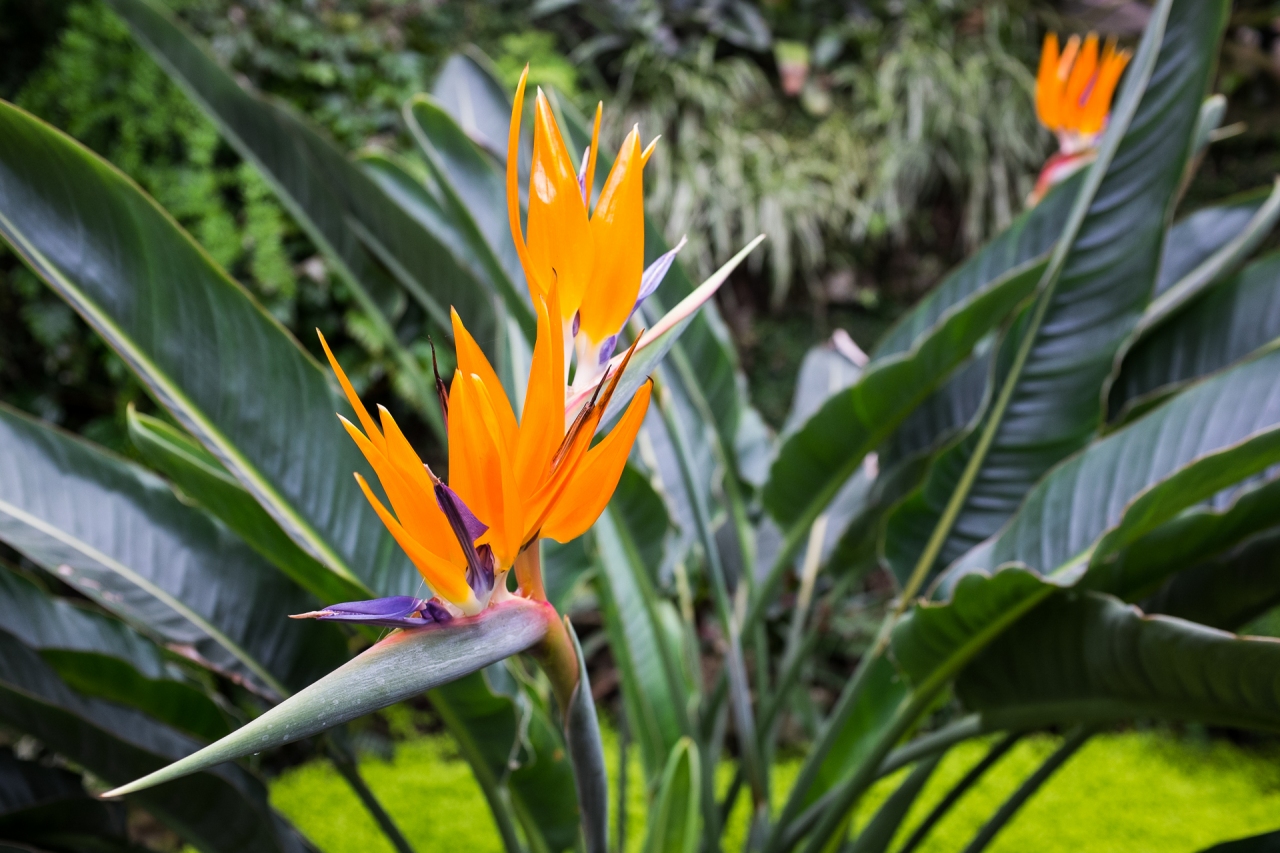

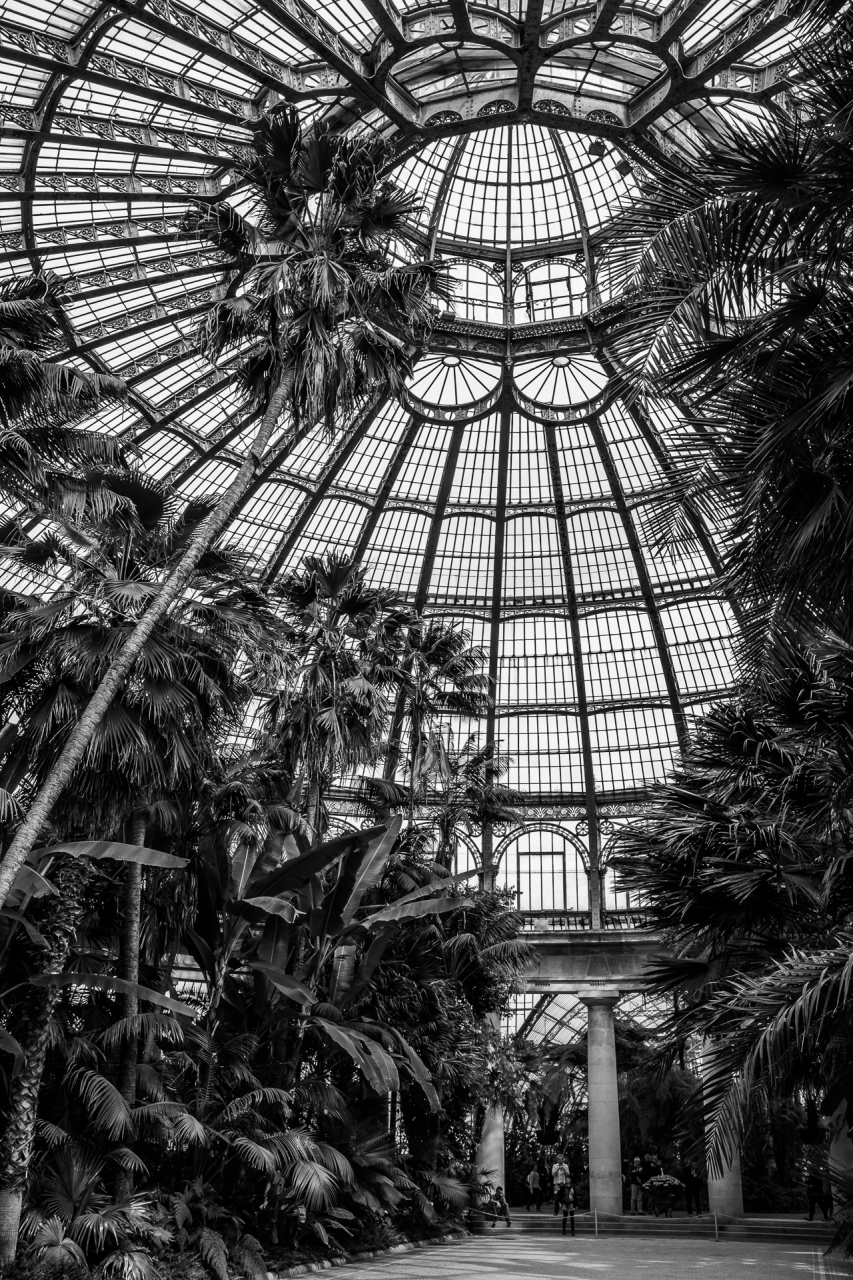
Work: Research usually takes more time than originally expected, but this time I really underestimated how much of it would take me to finish my latest paper. When I discovered something particularly interesting during the conference in Sydney last year, I though I could be finished with the necessary analysis before the end of the year (2013). Then we ran into various unexpected problems (shit happens when you do thing which were never done before), resulting in a delay of several months… But now, just before leaving to Chile (more about that later), I finally submitted the manuscript to the usual journal (A&A). Let’s hope the referee will find our work worthy, and I can show you (or at least post about) the results in a few months!


